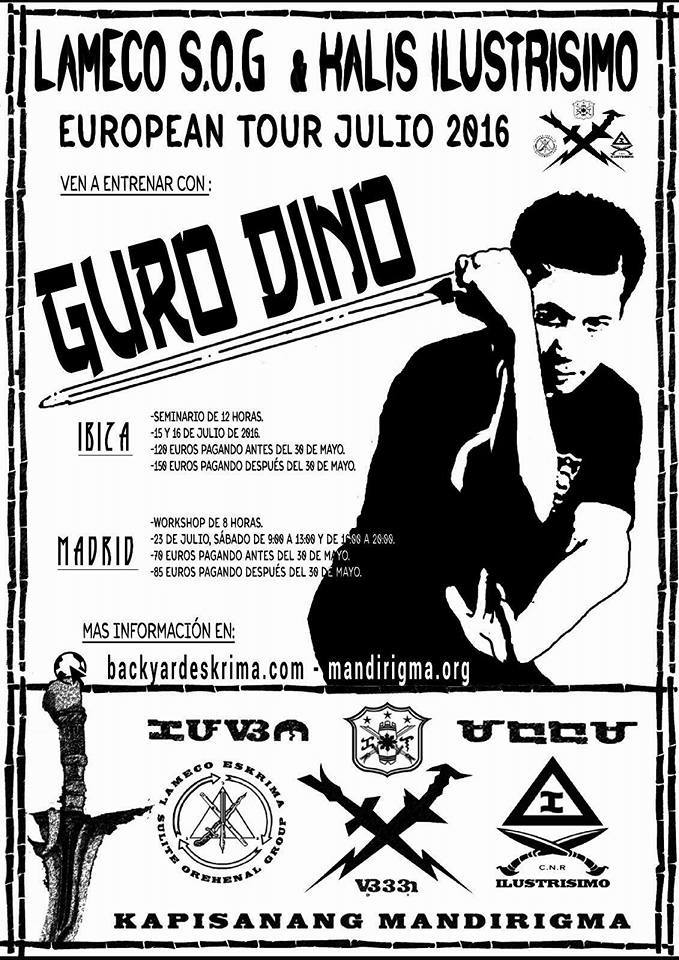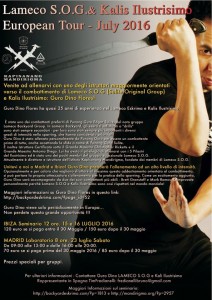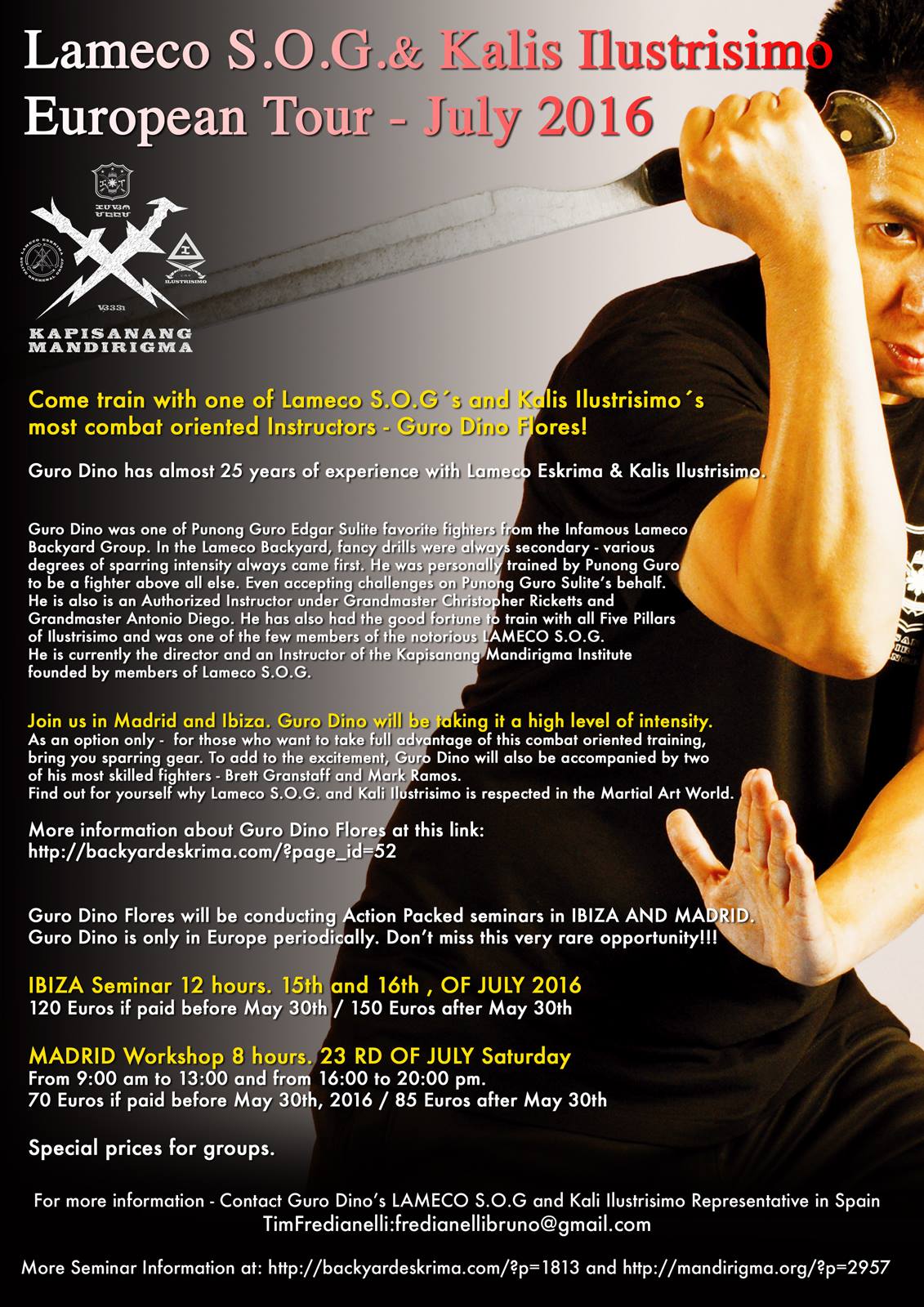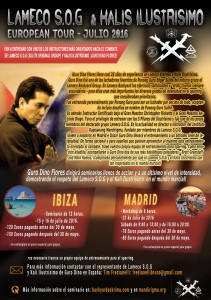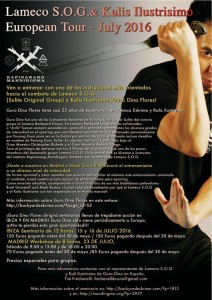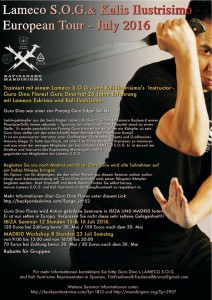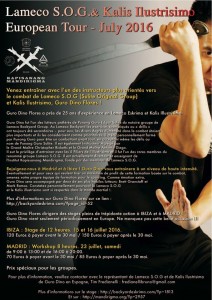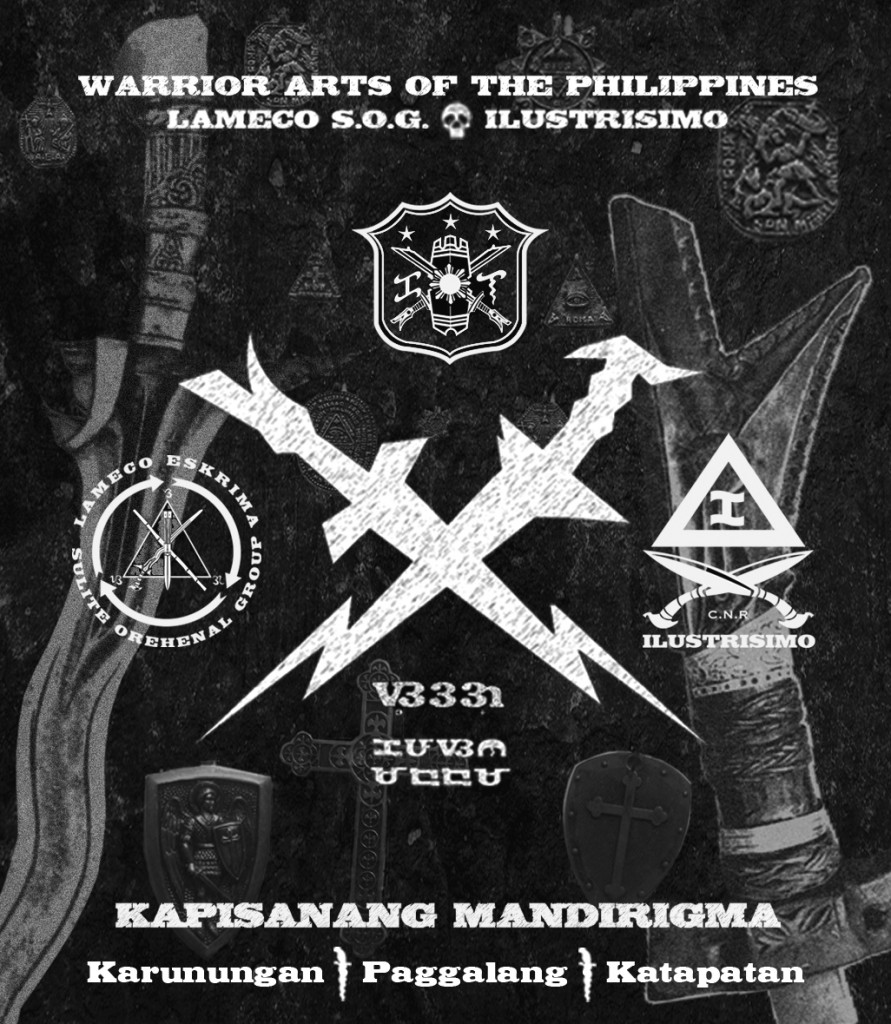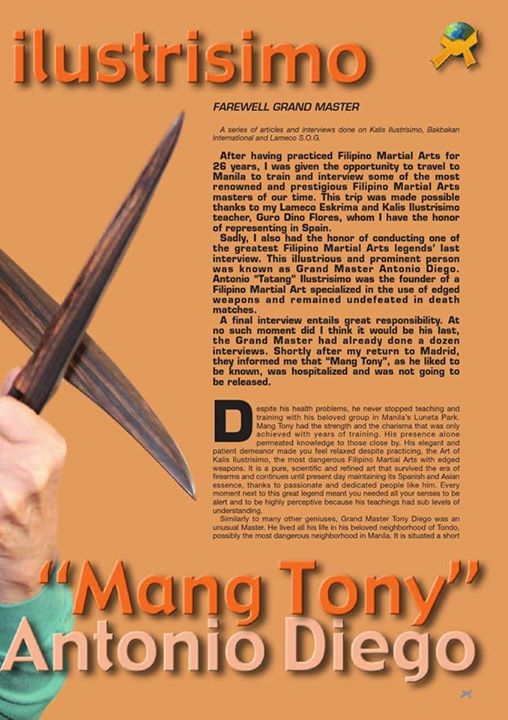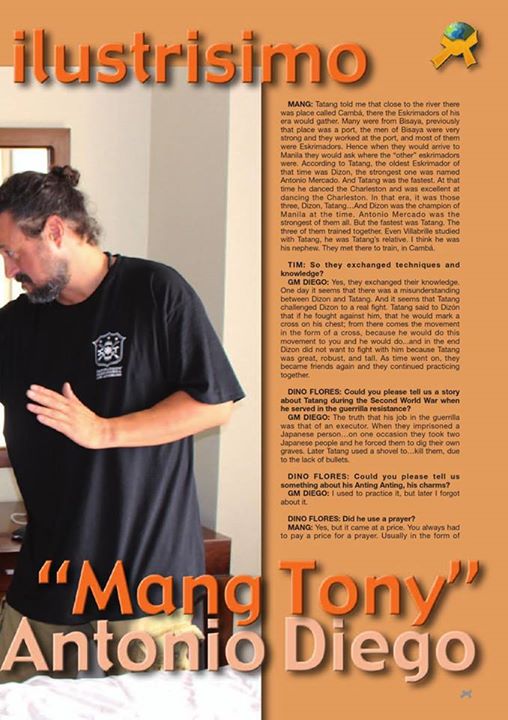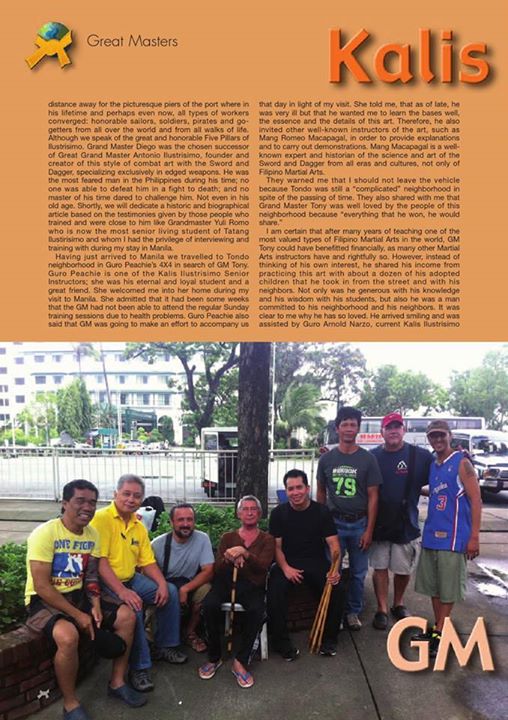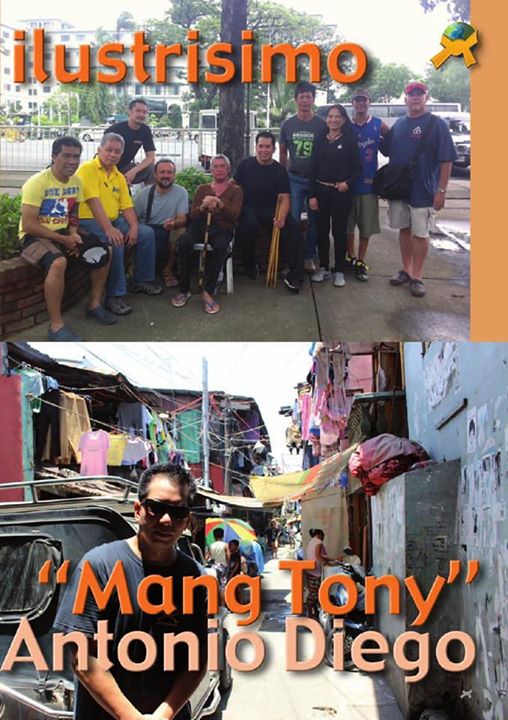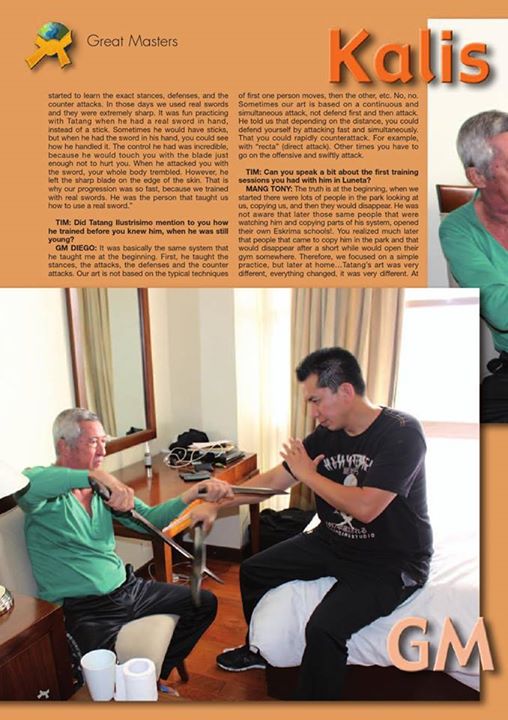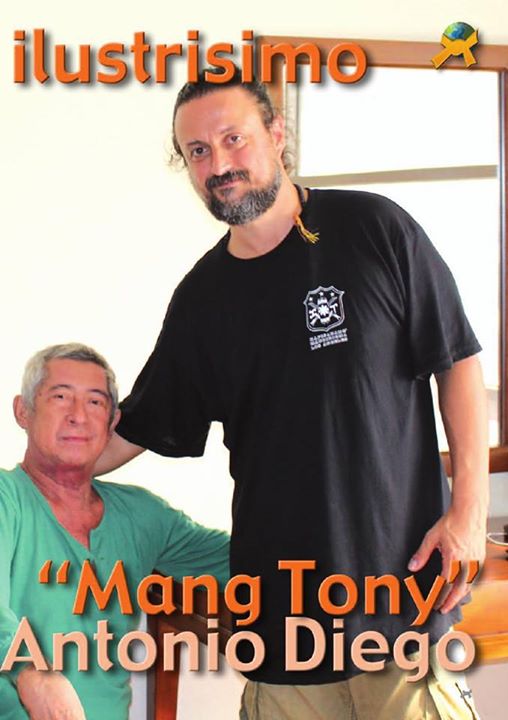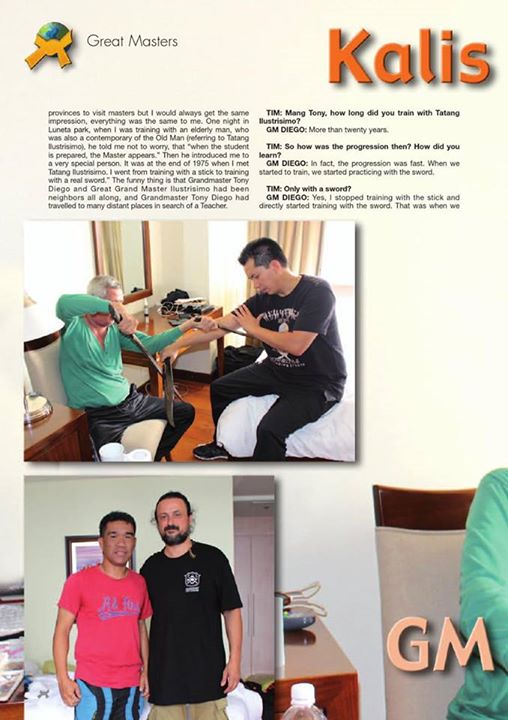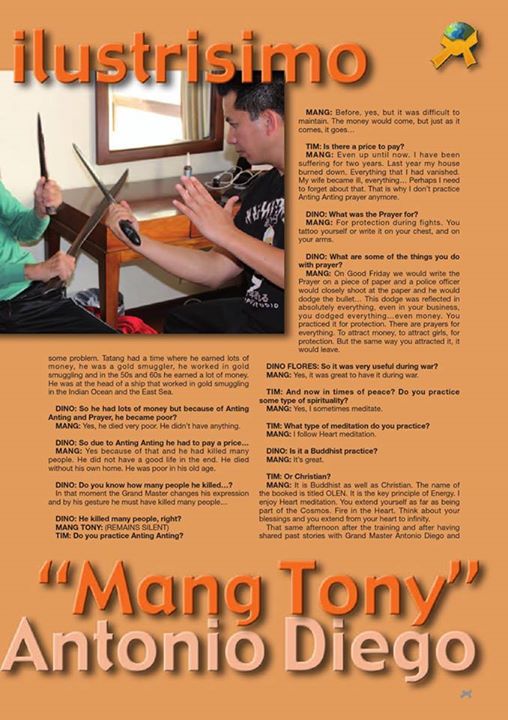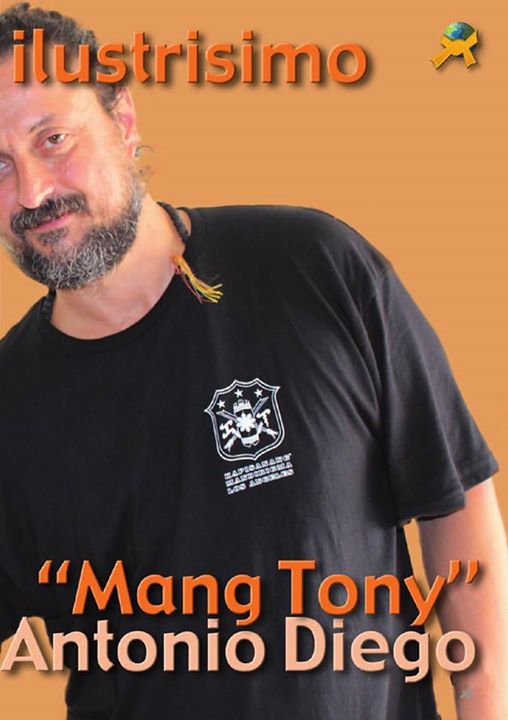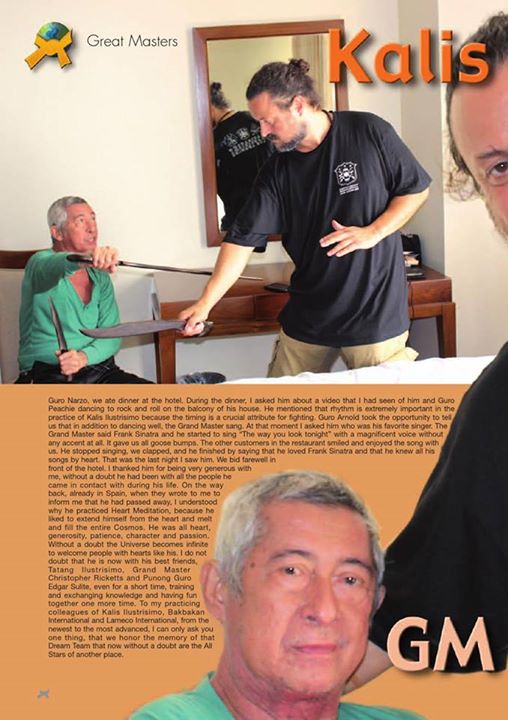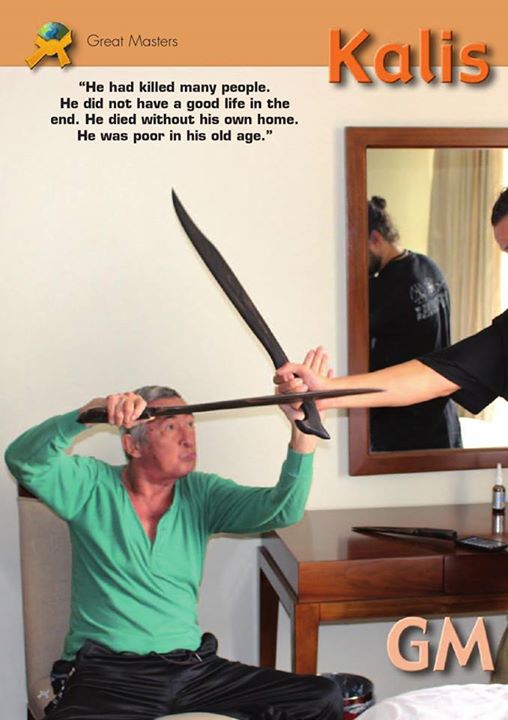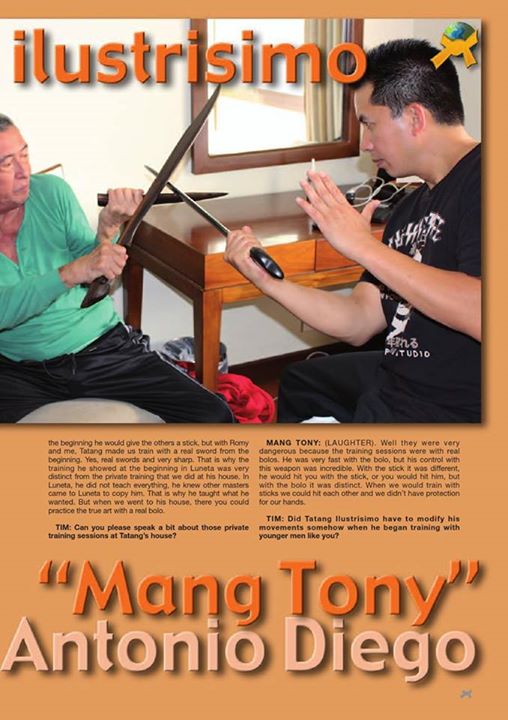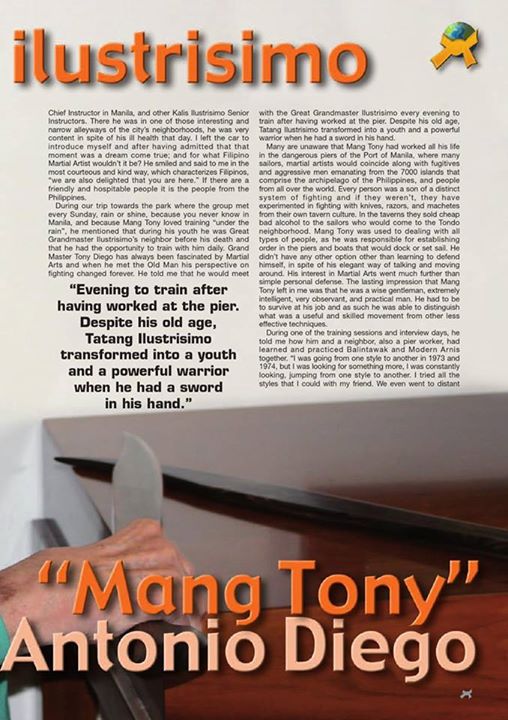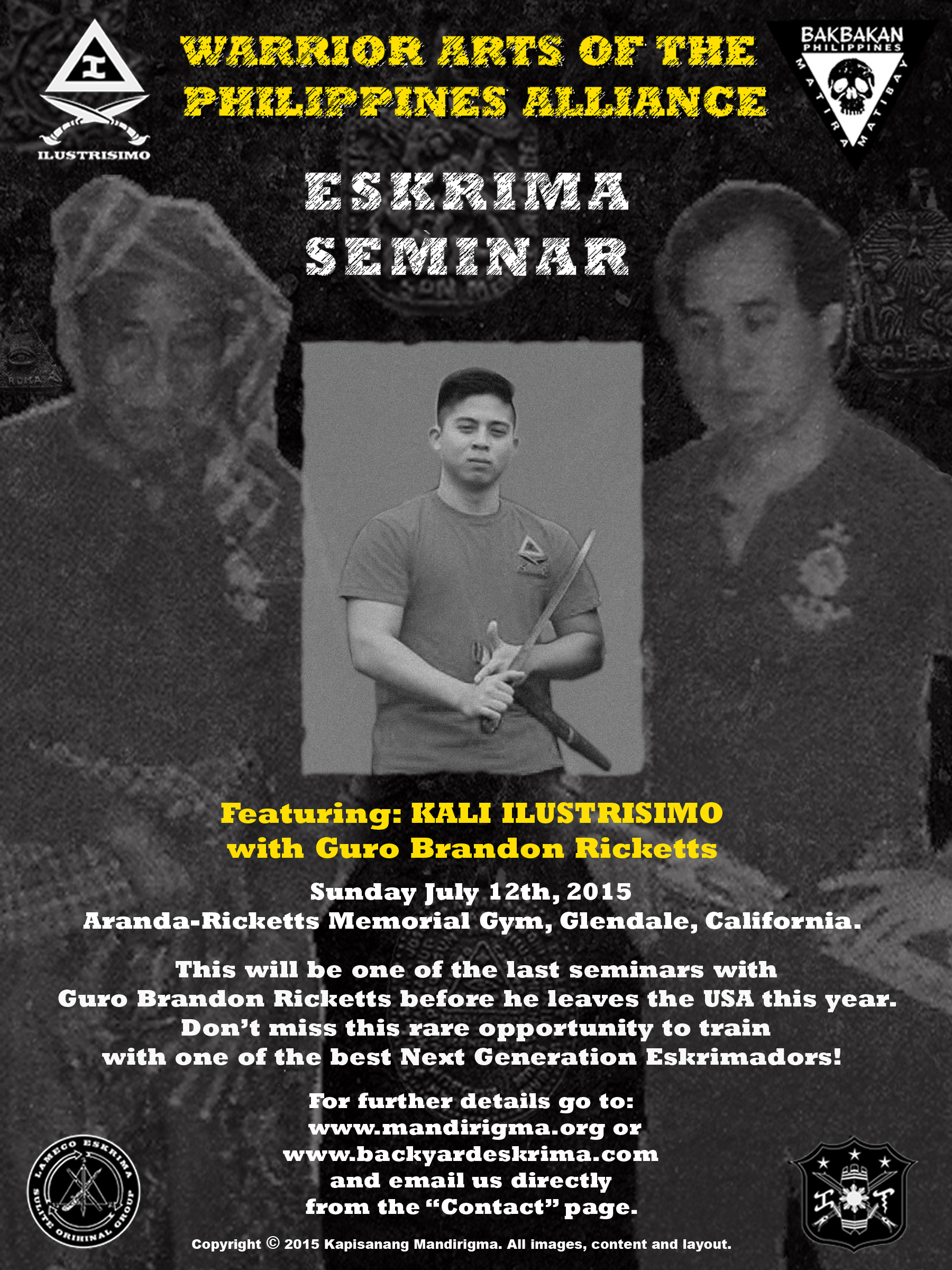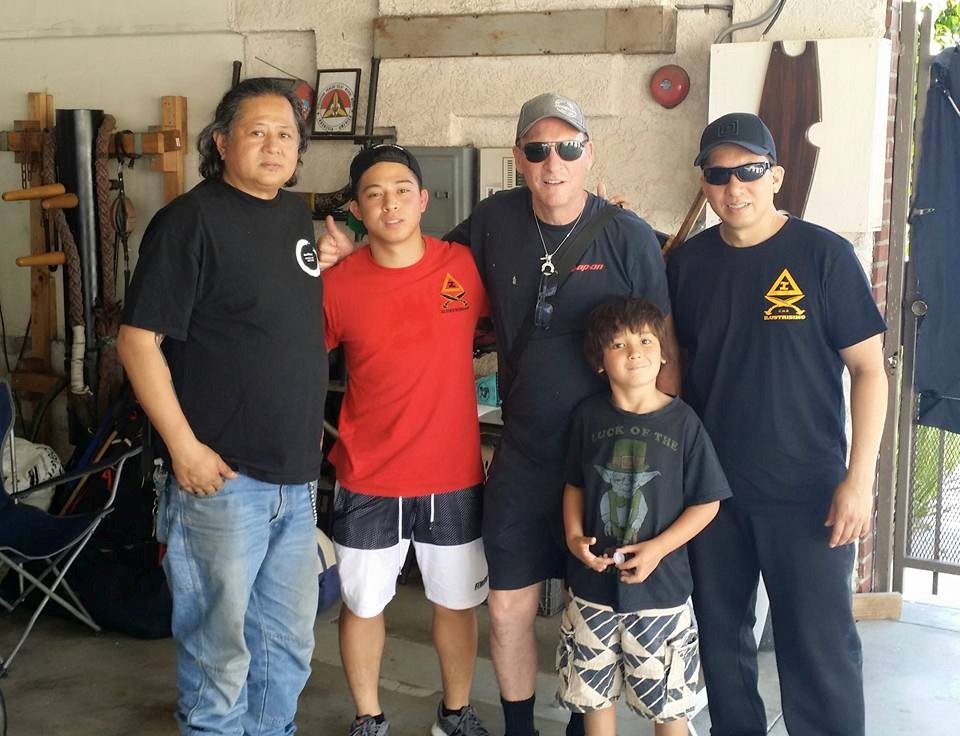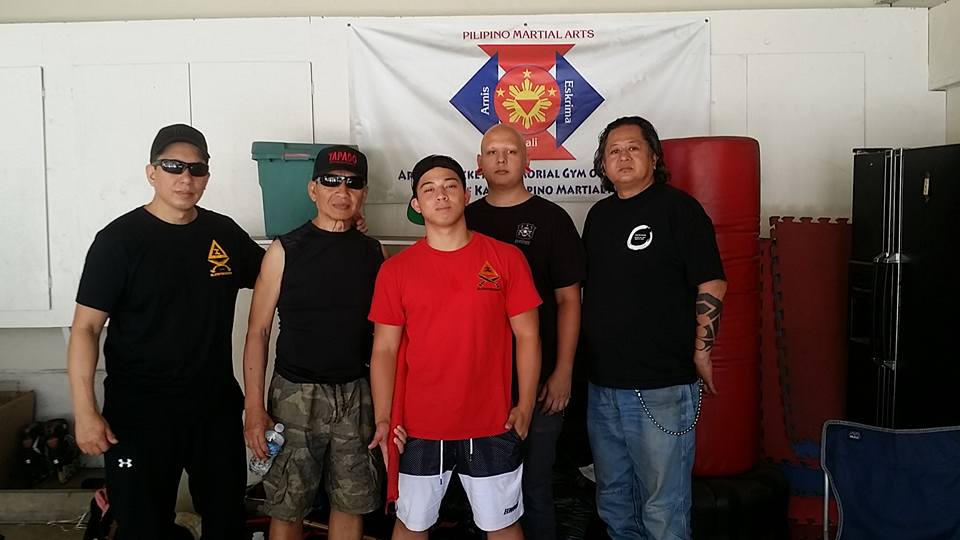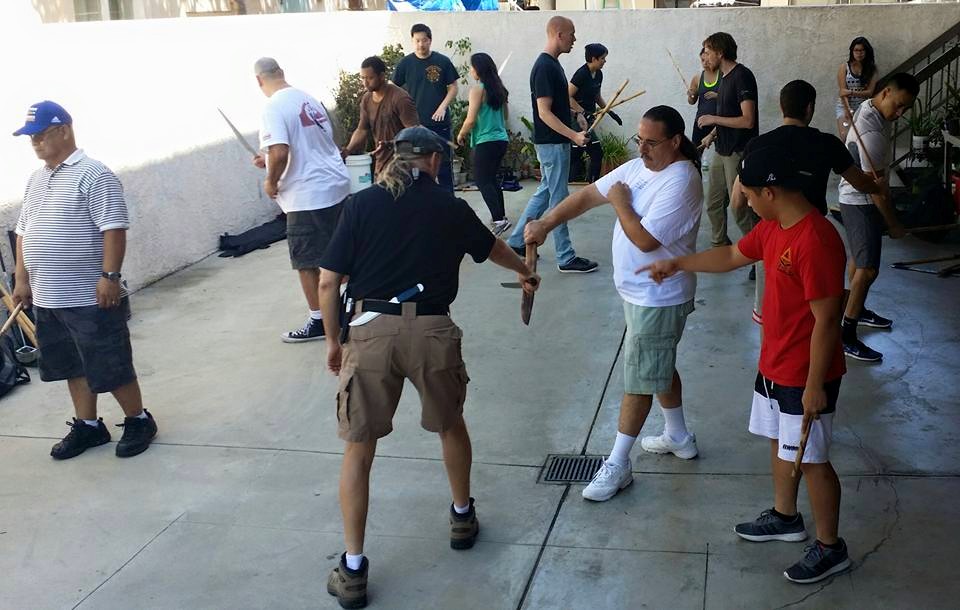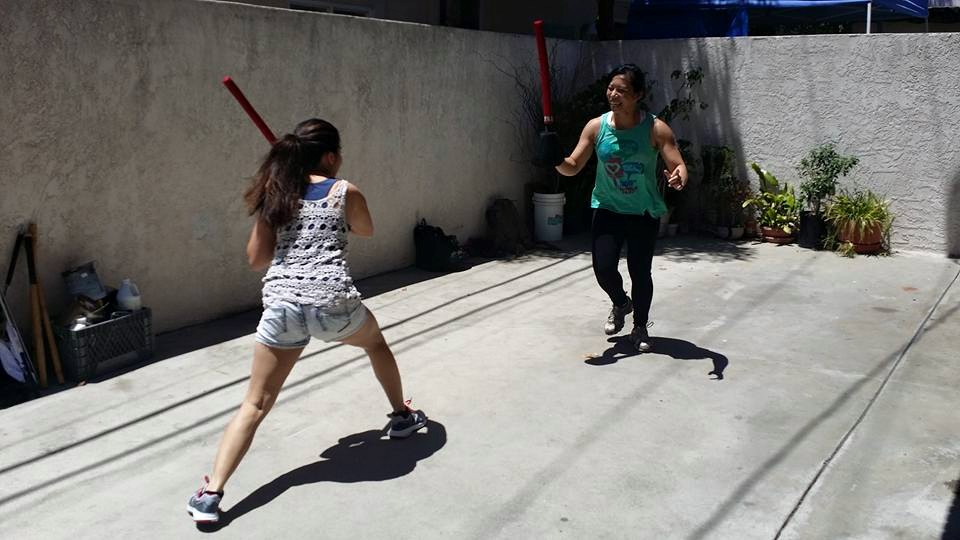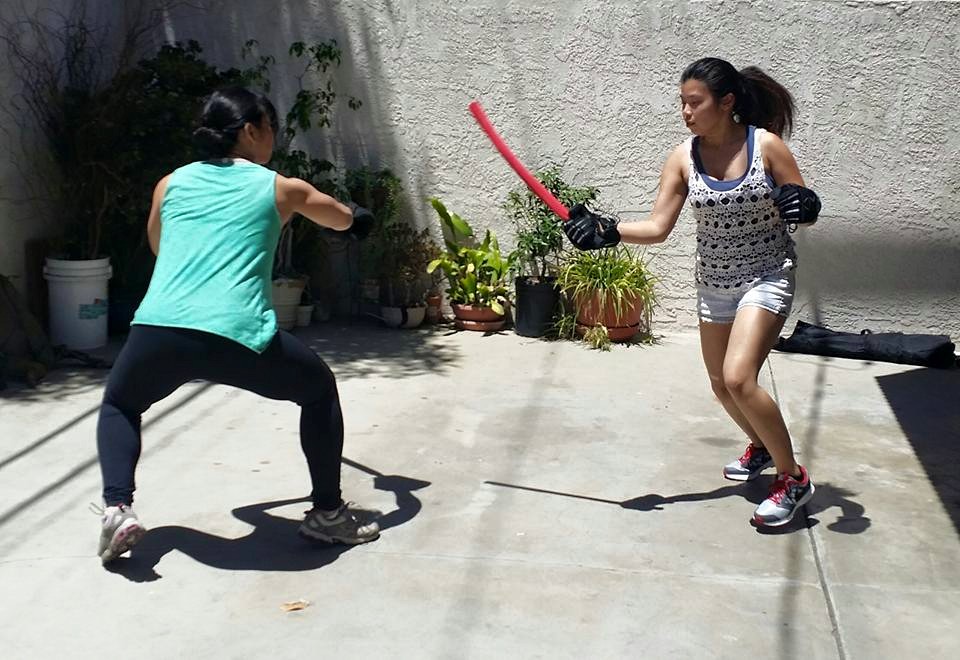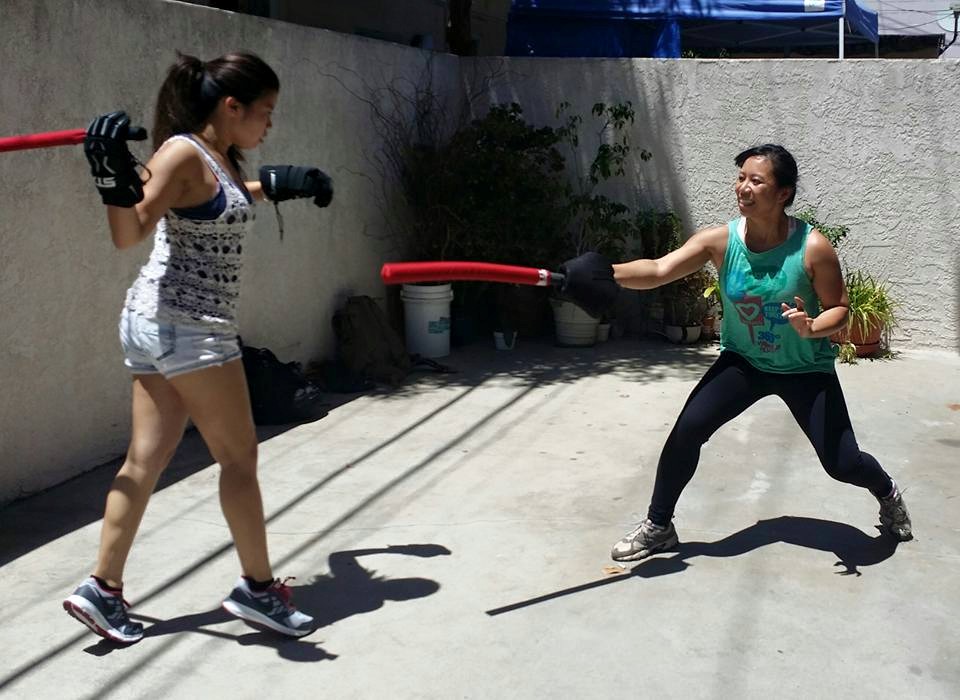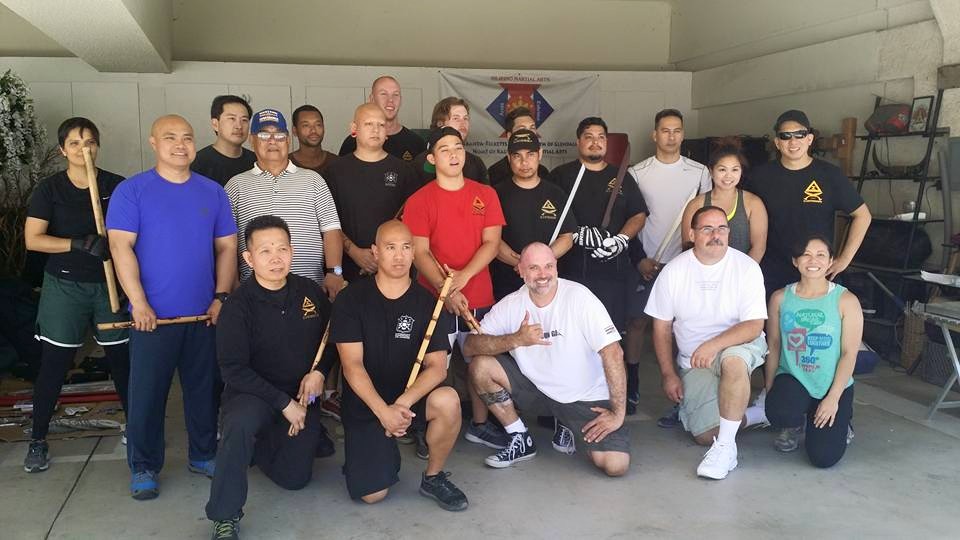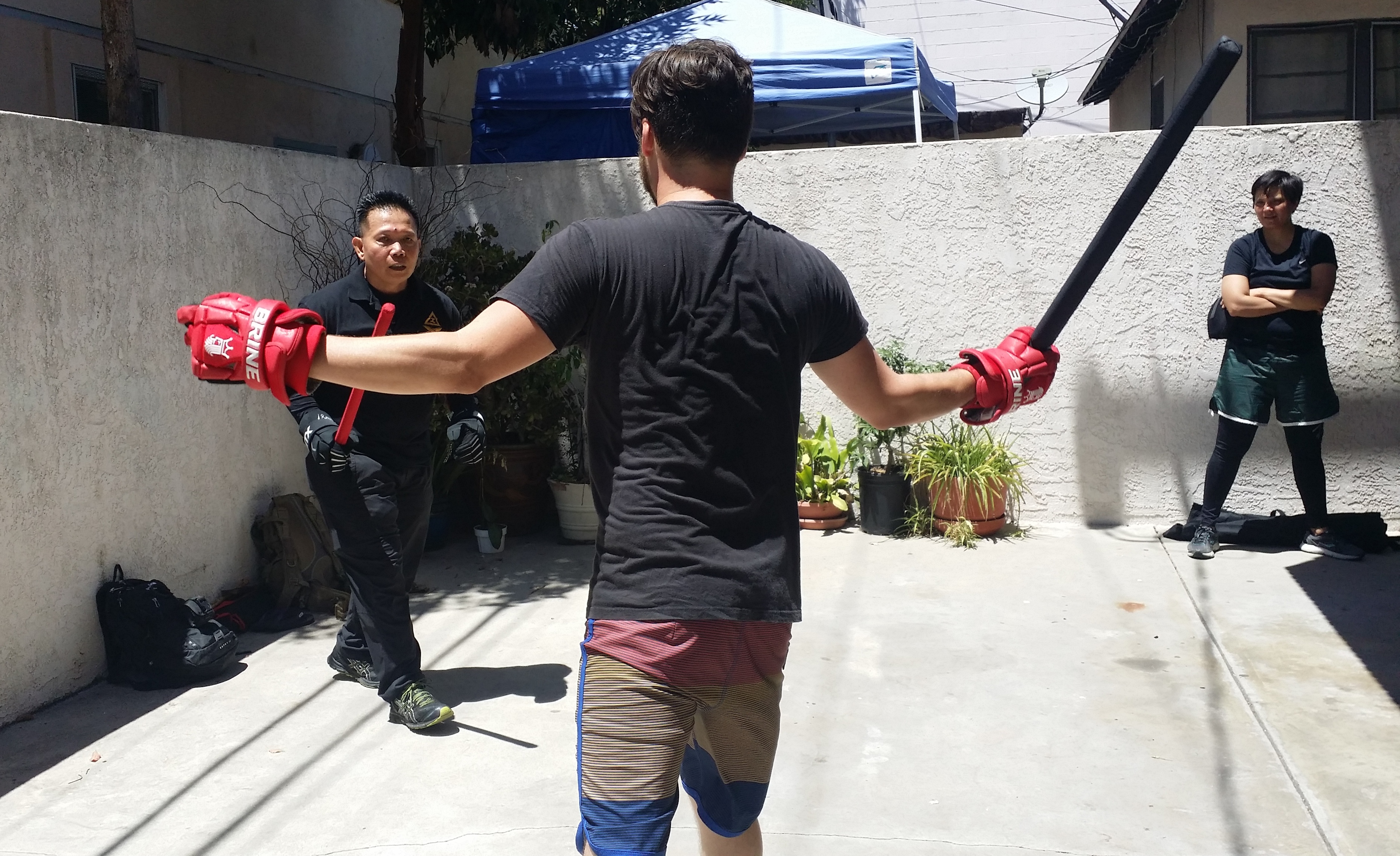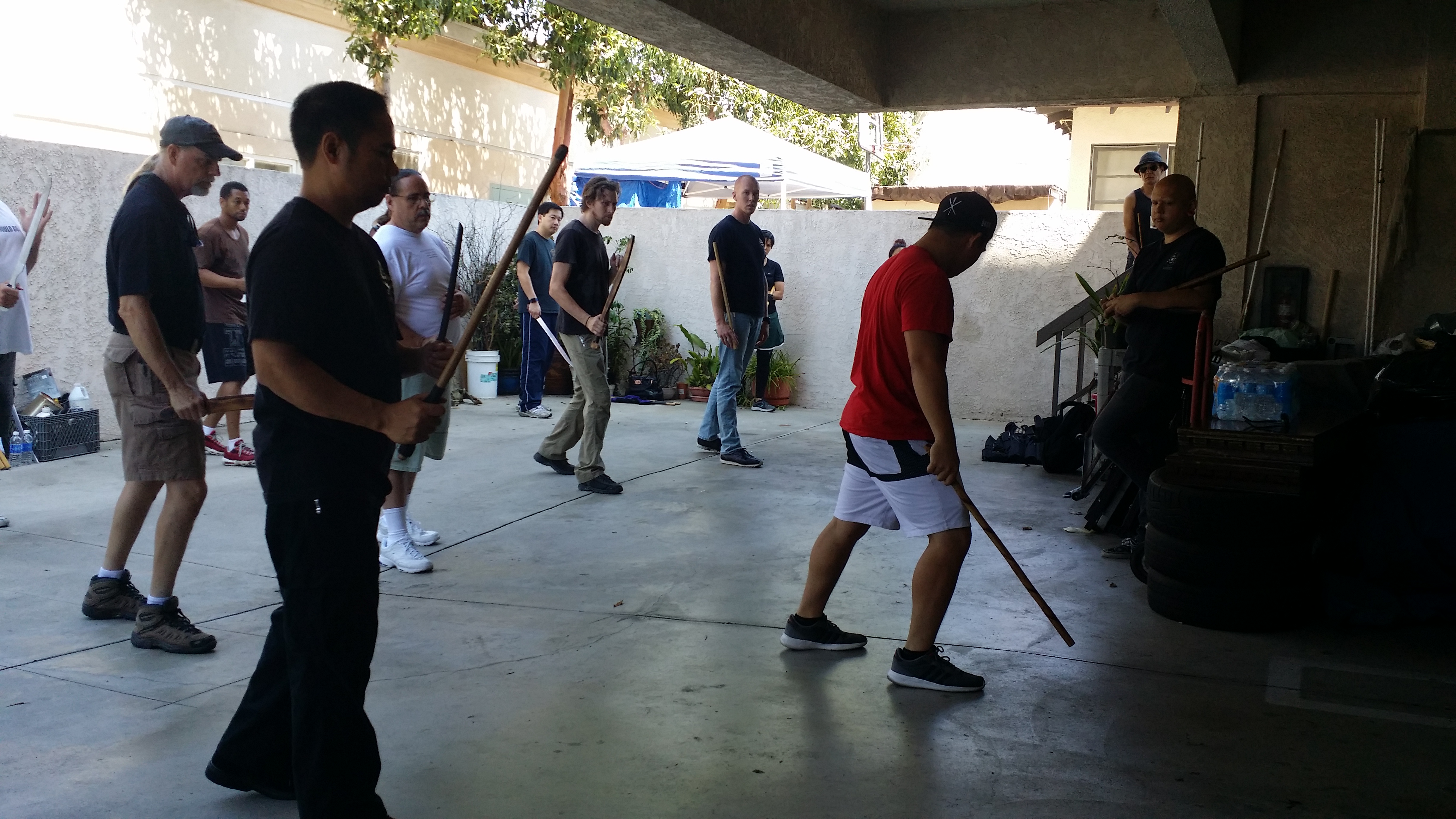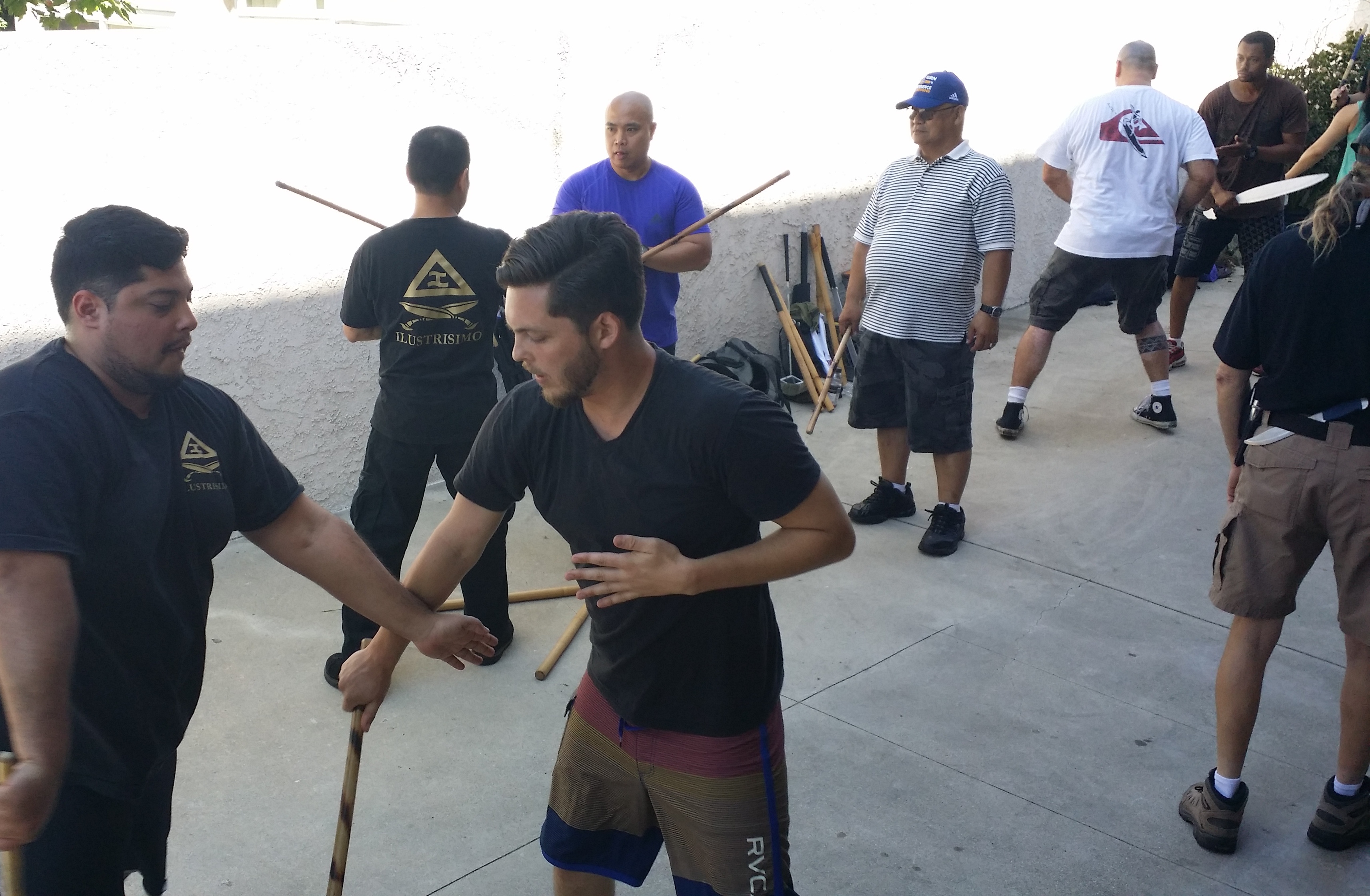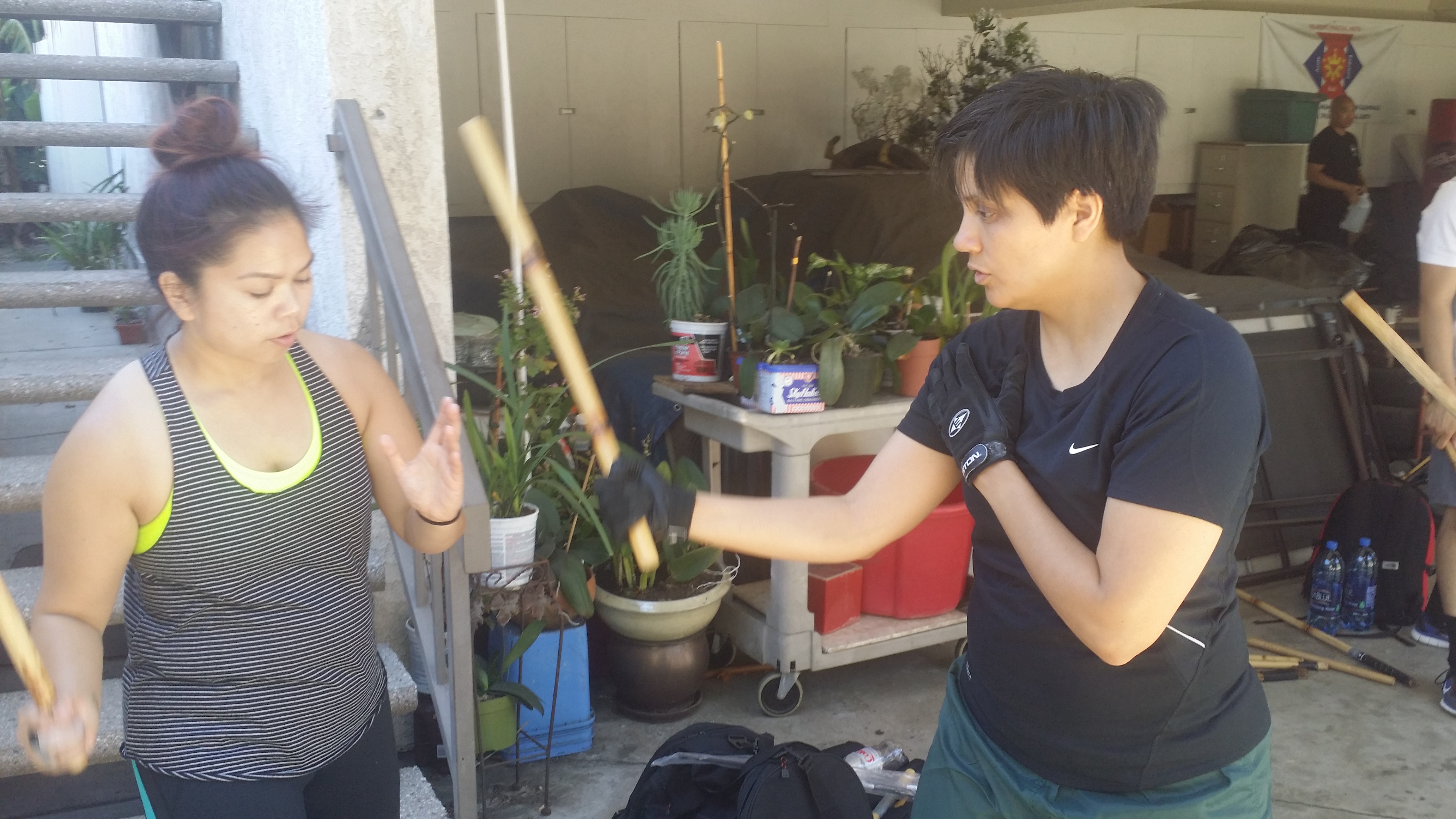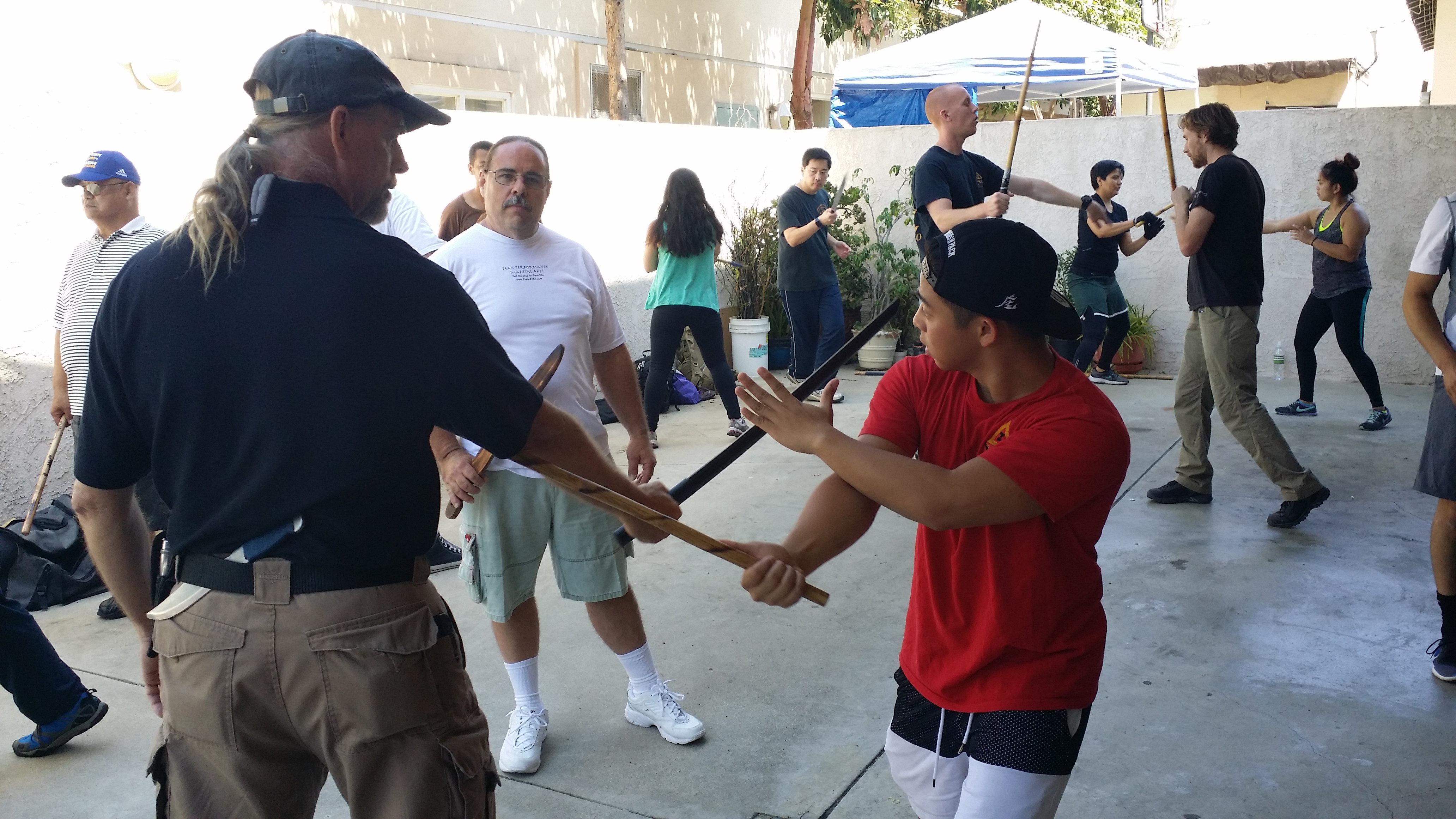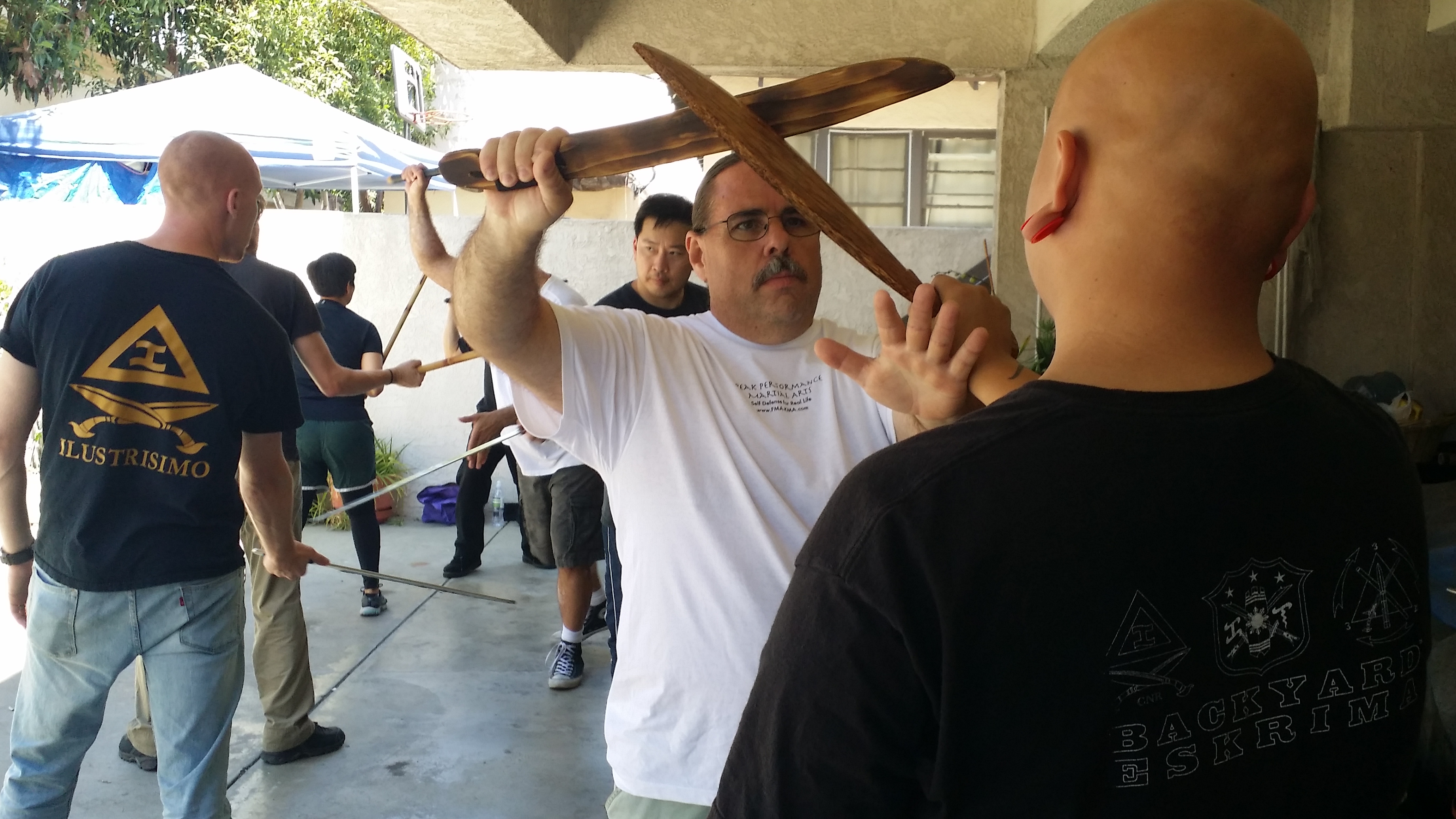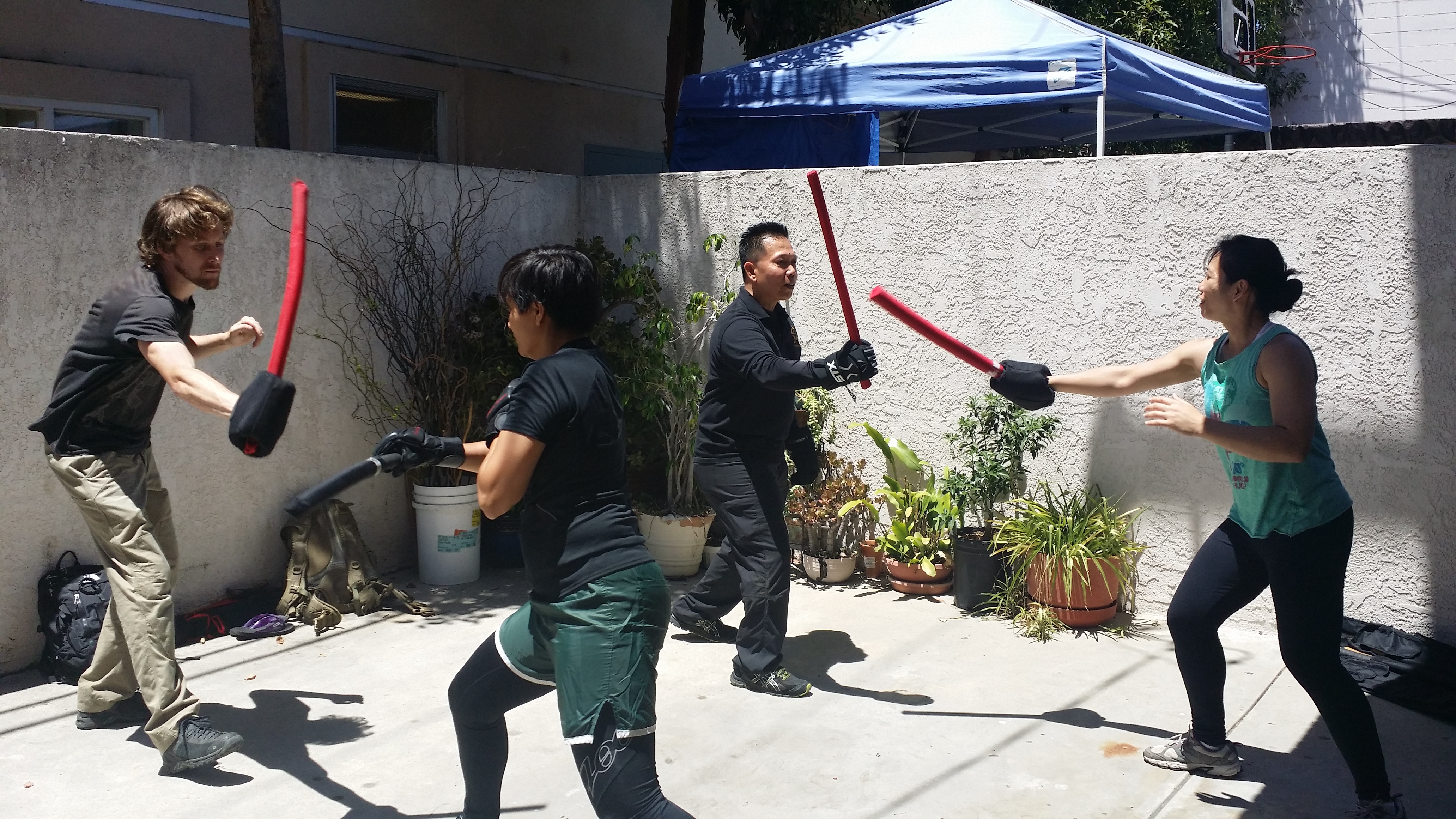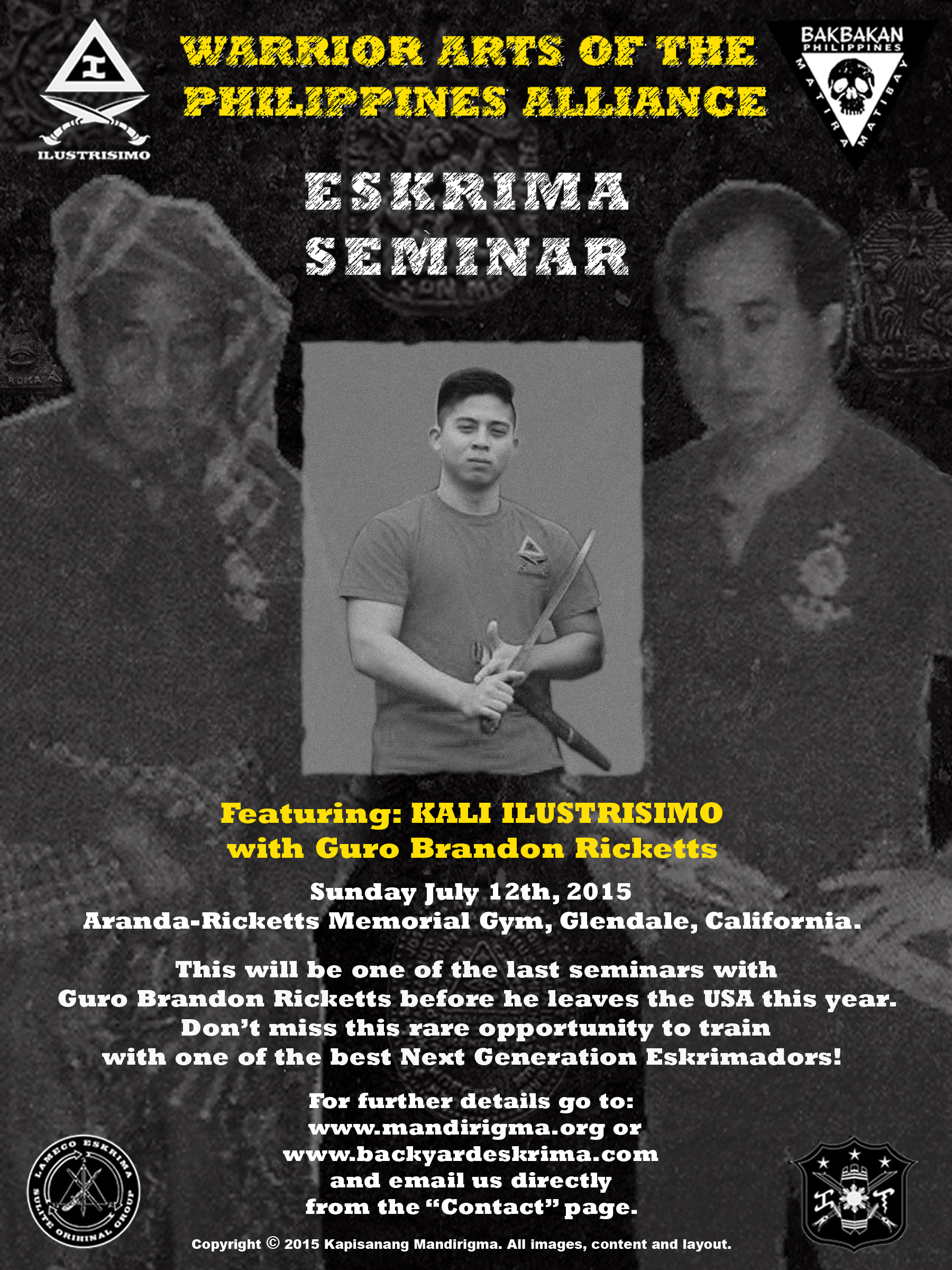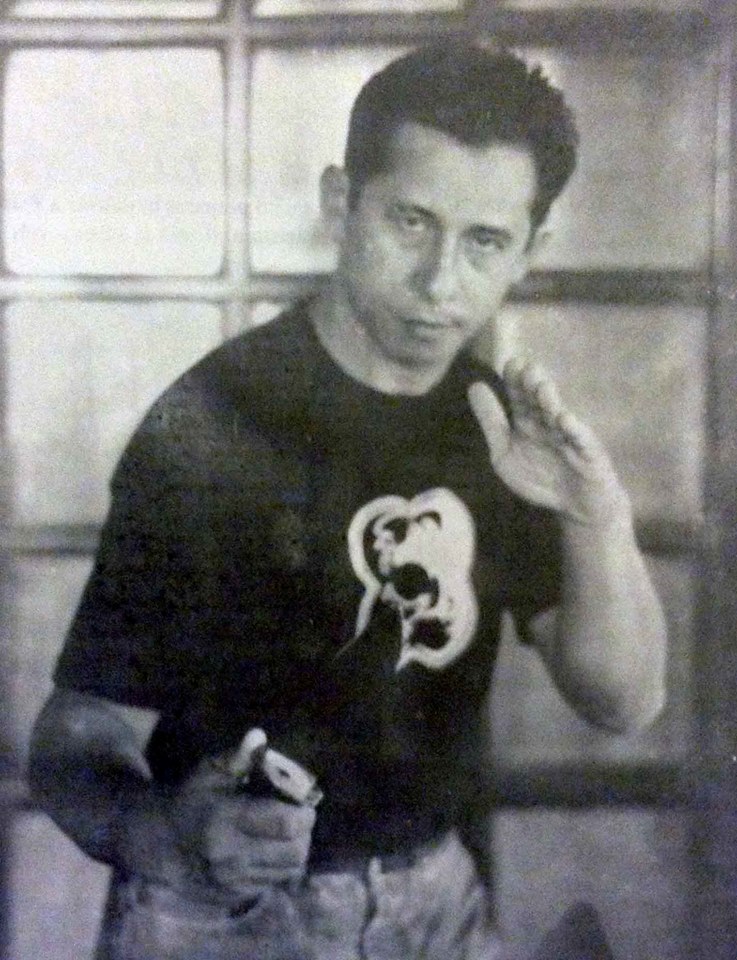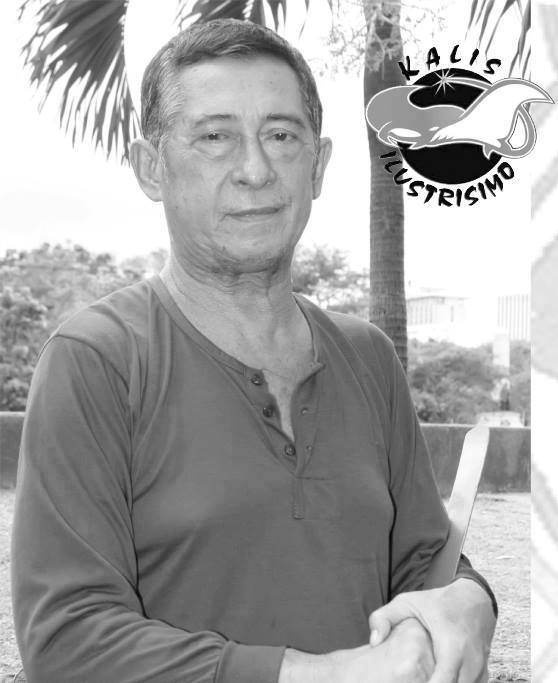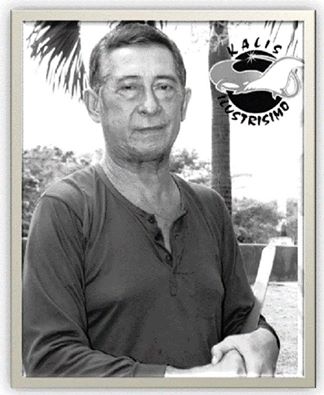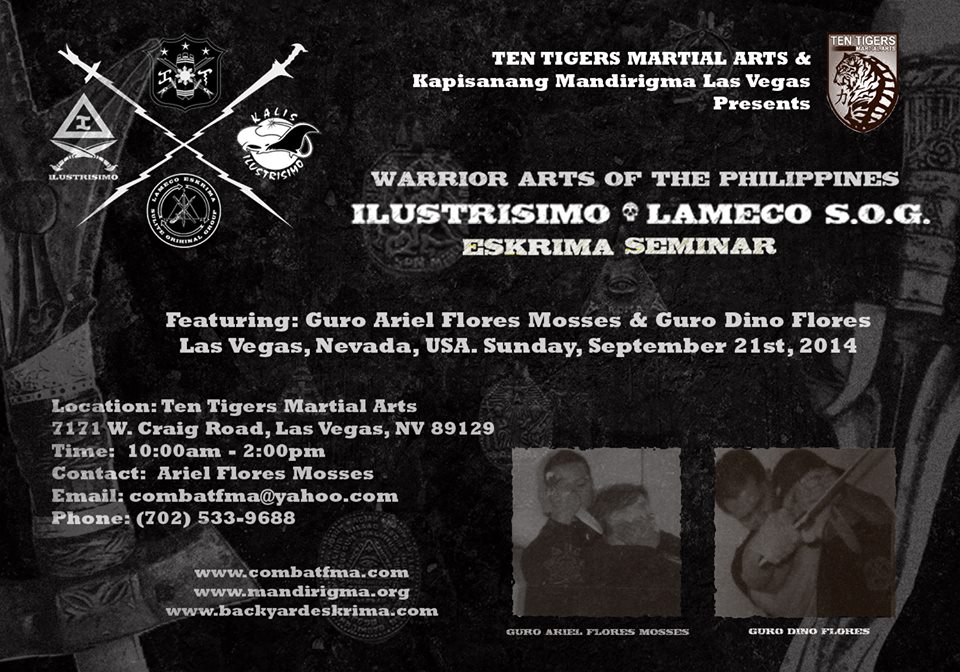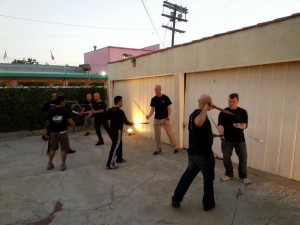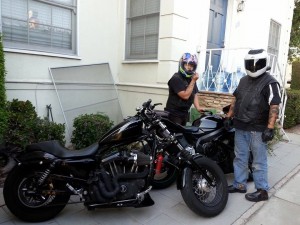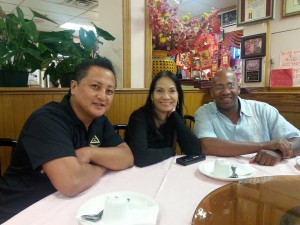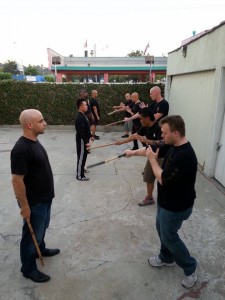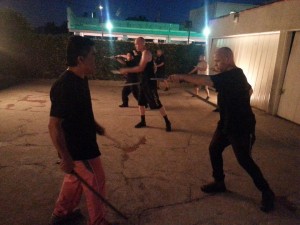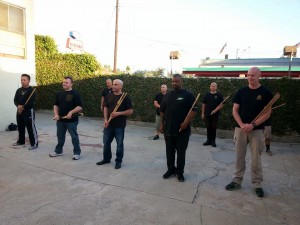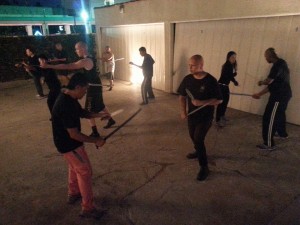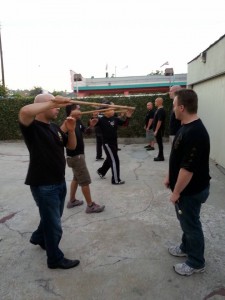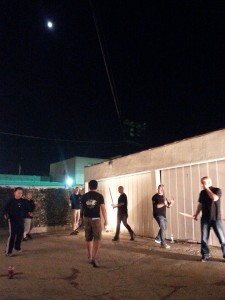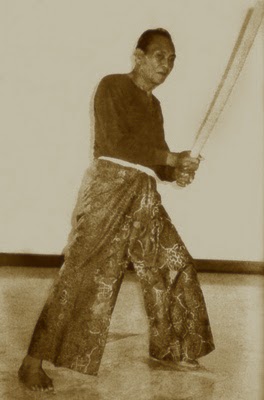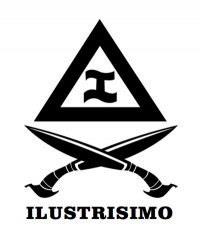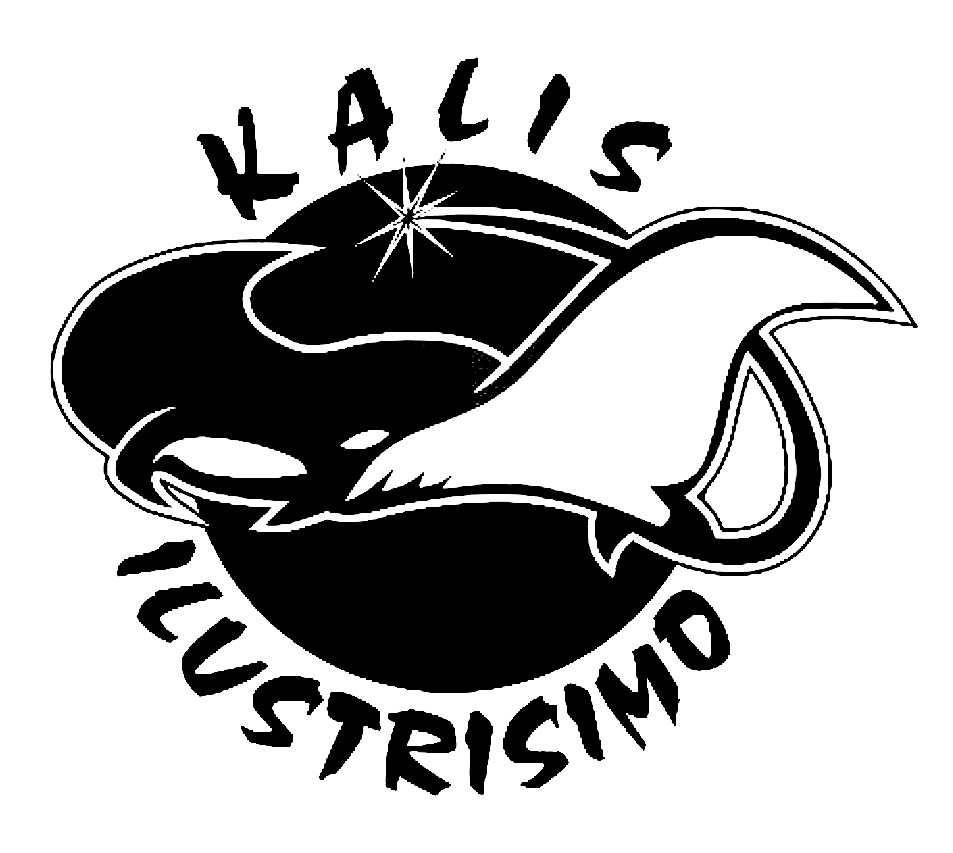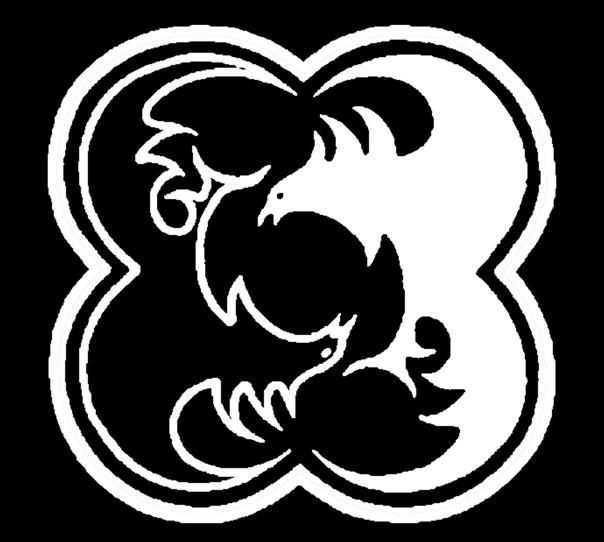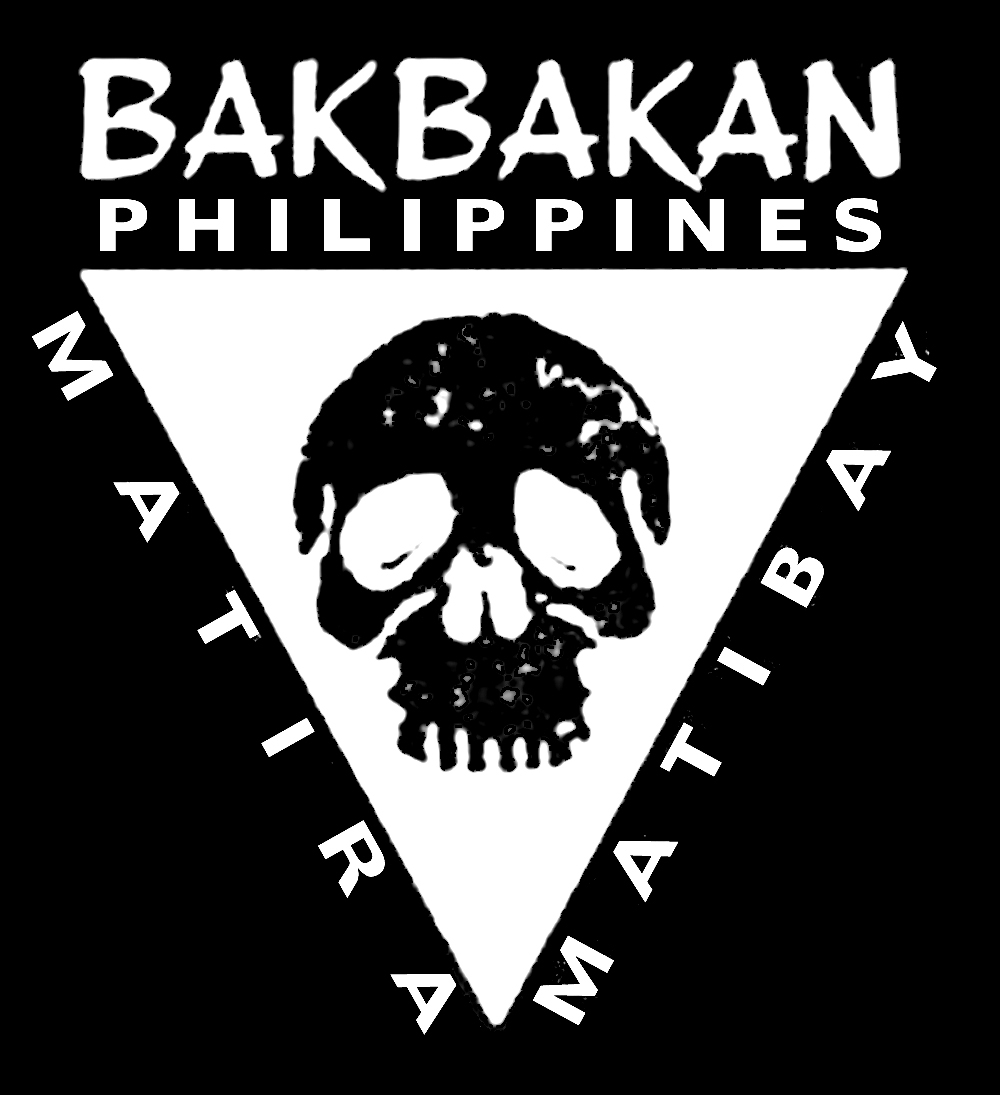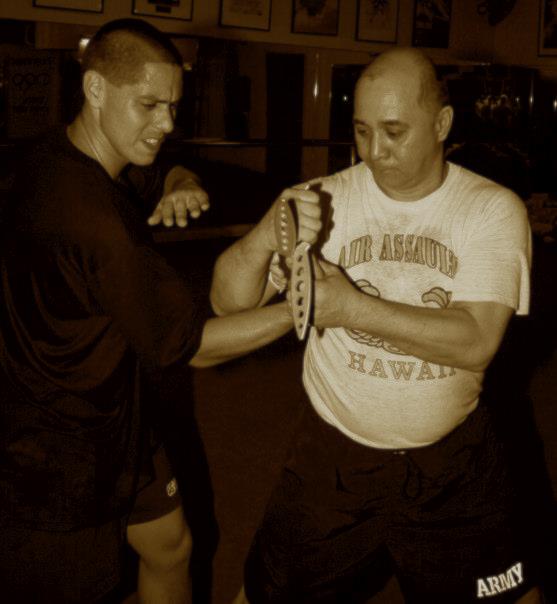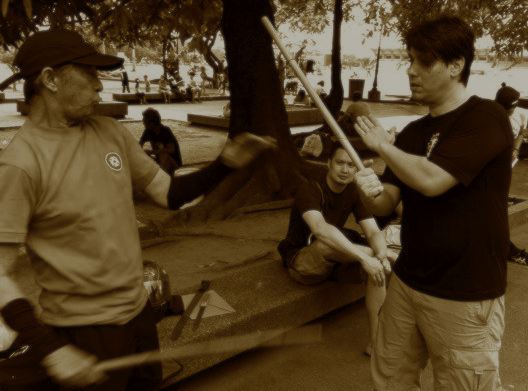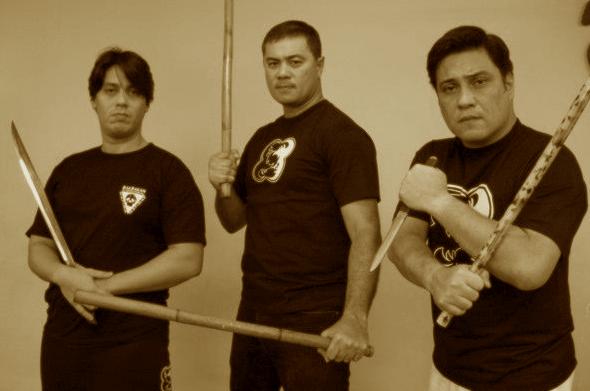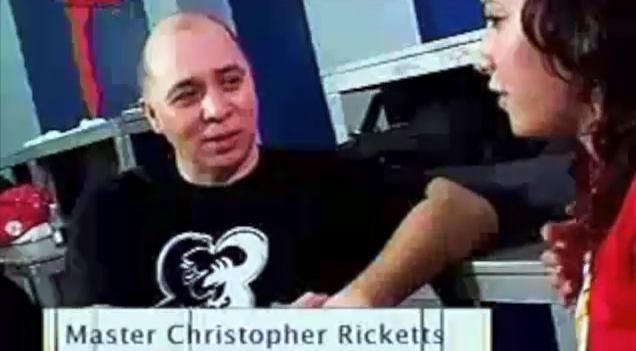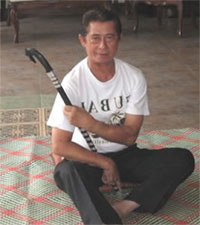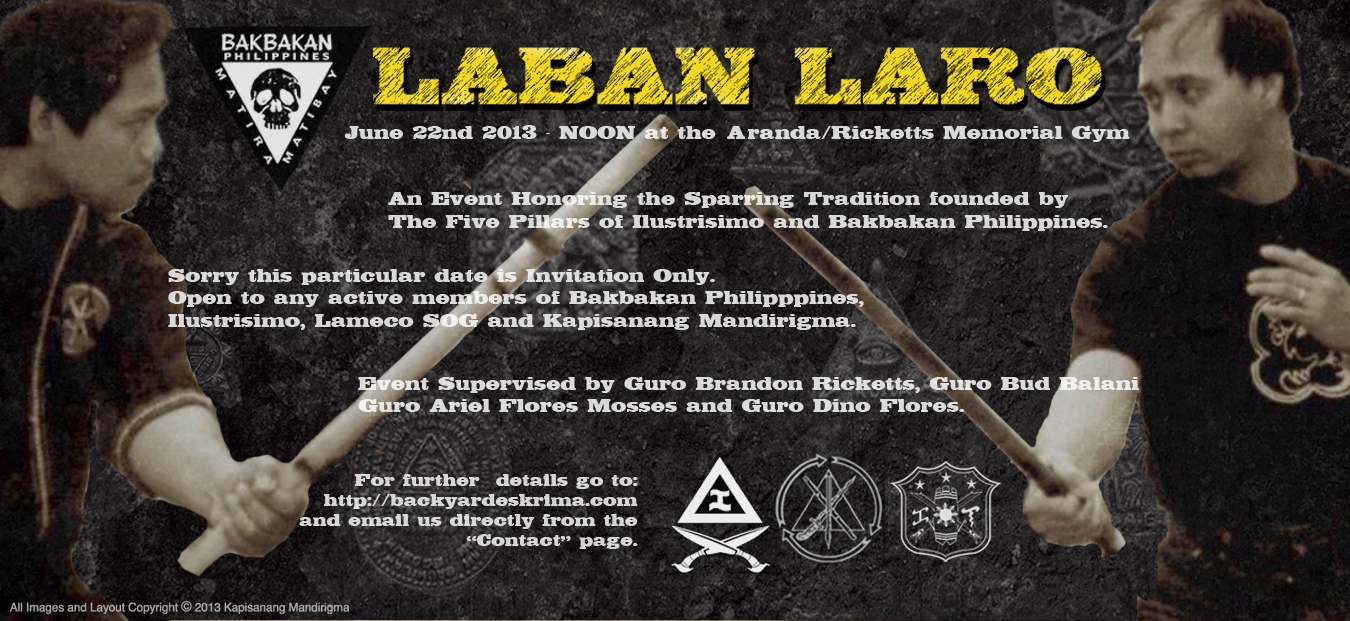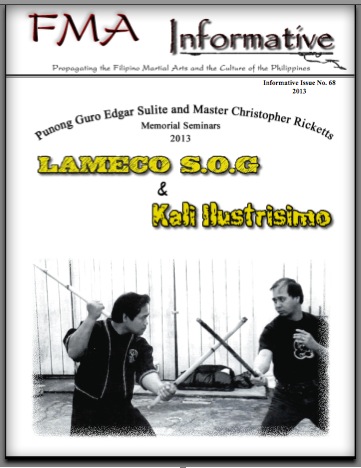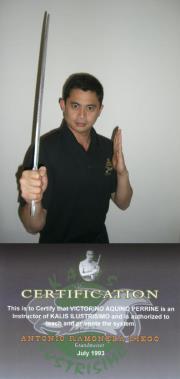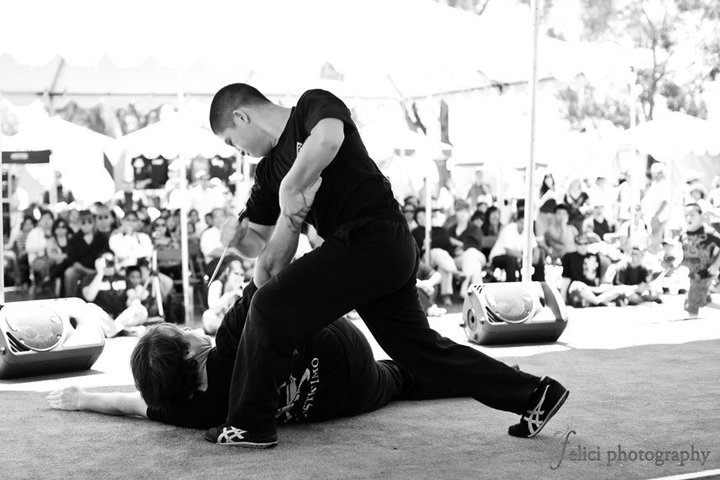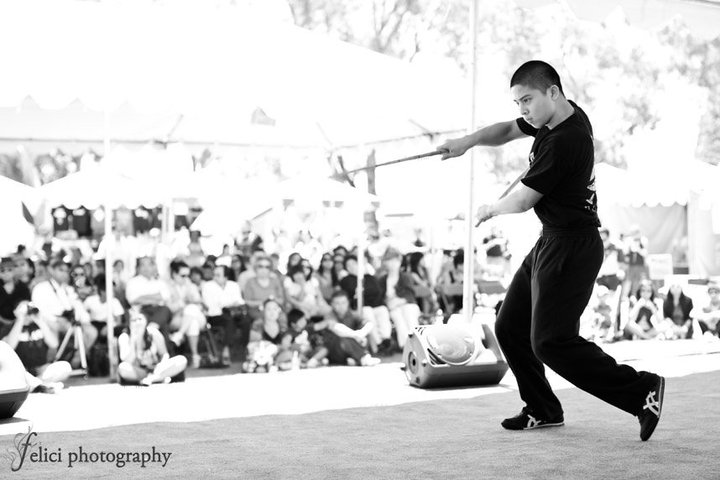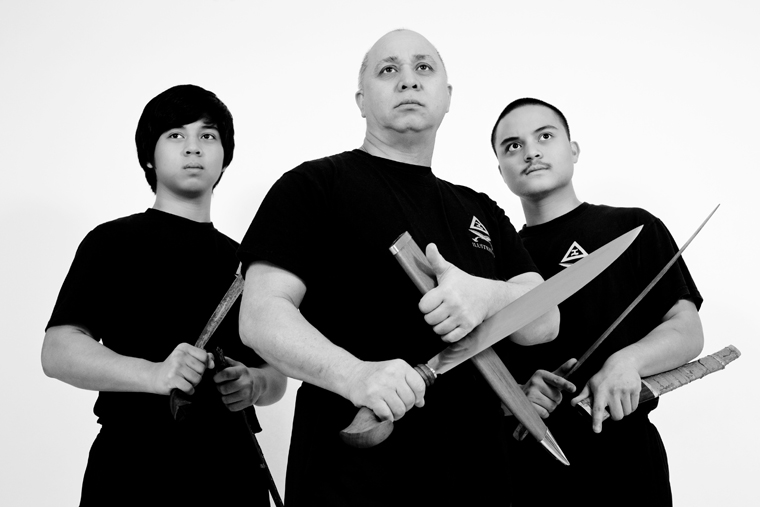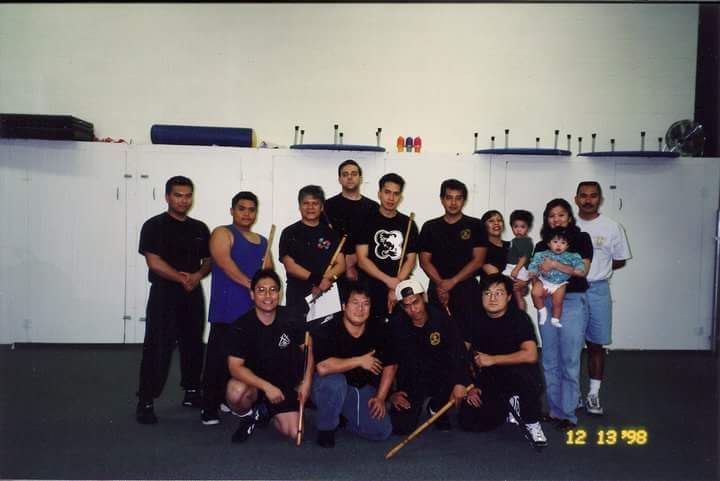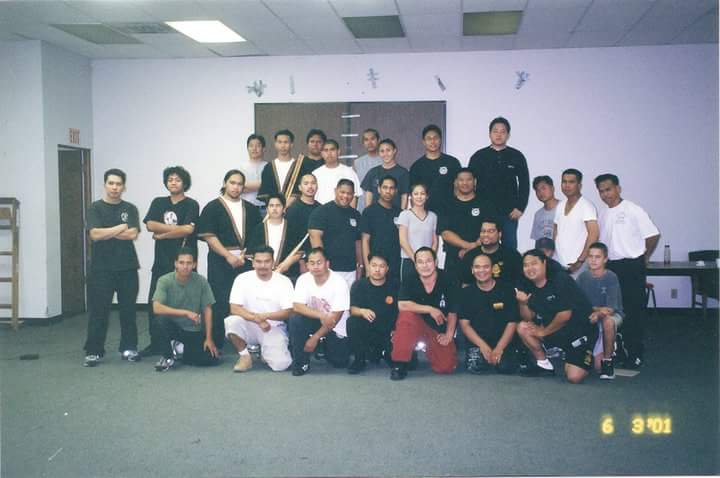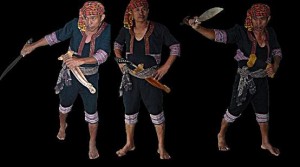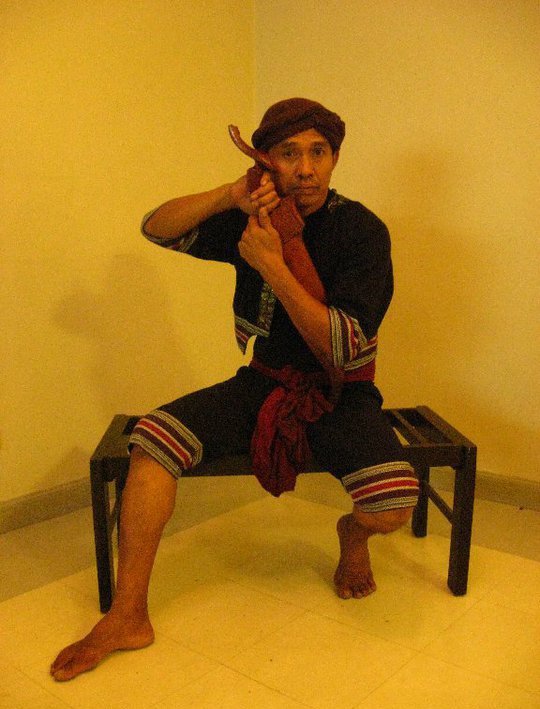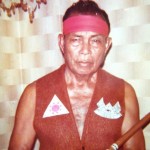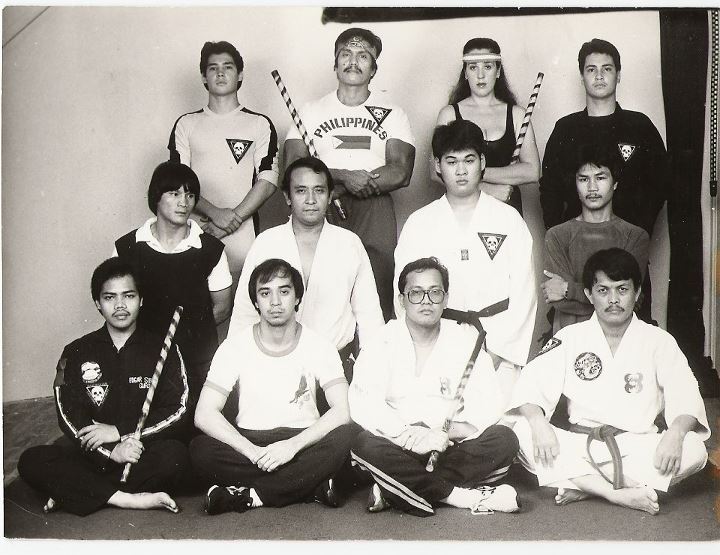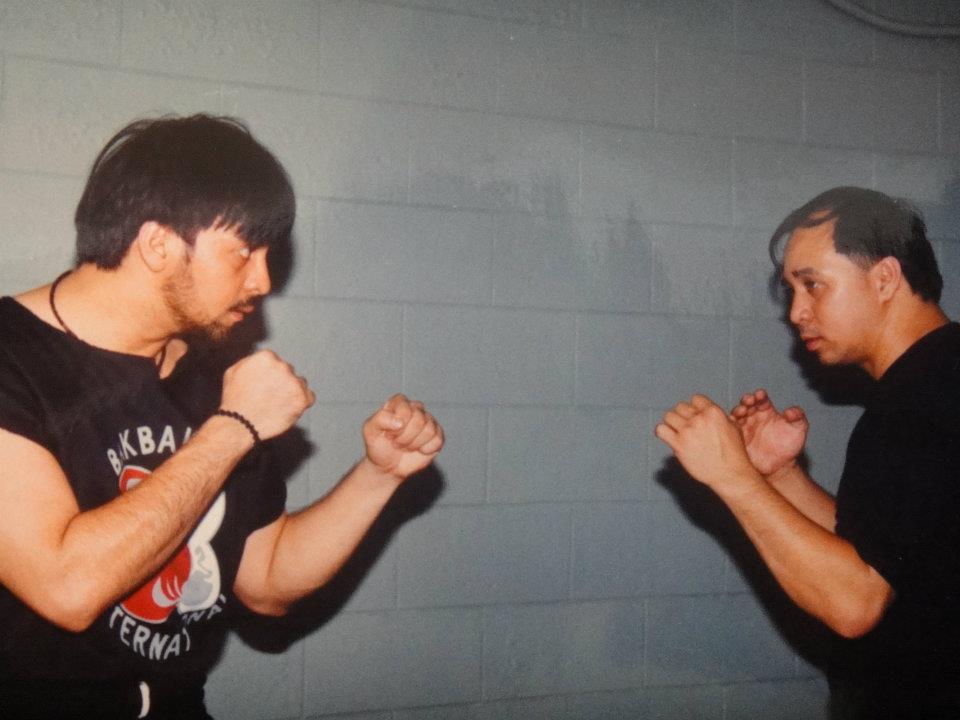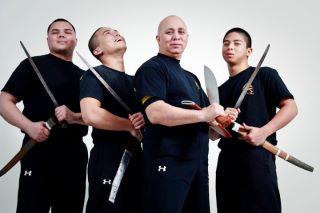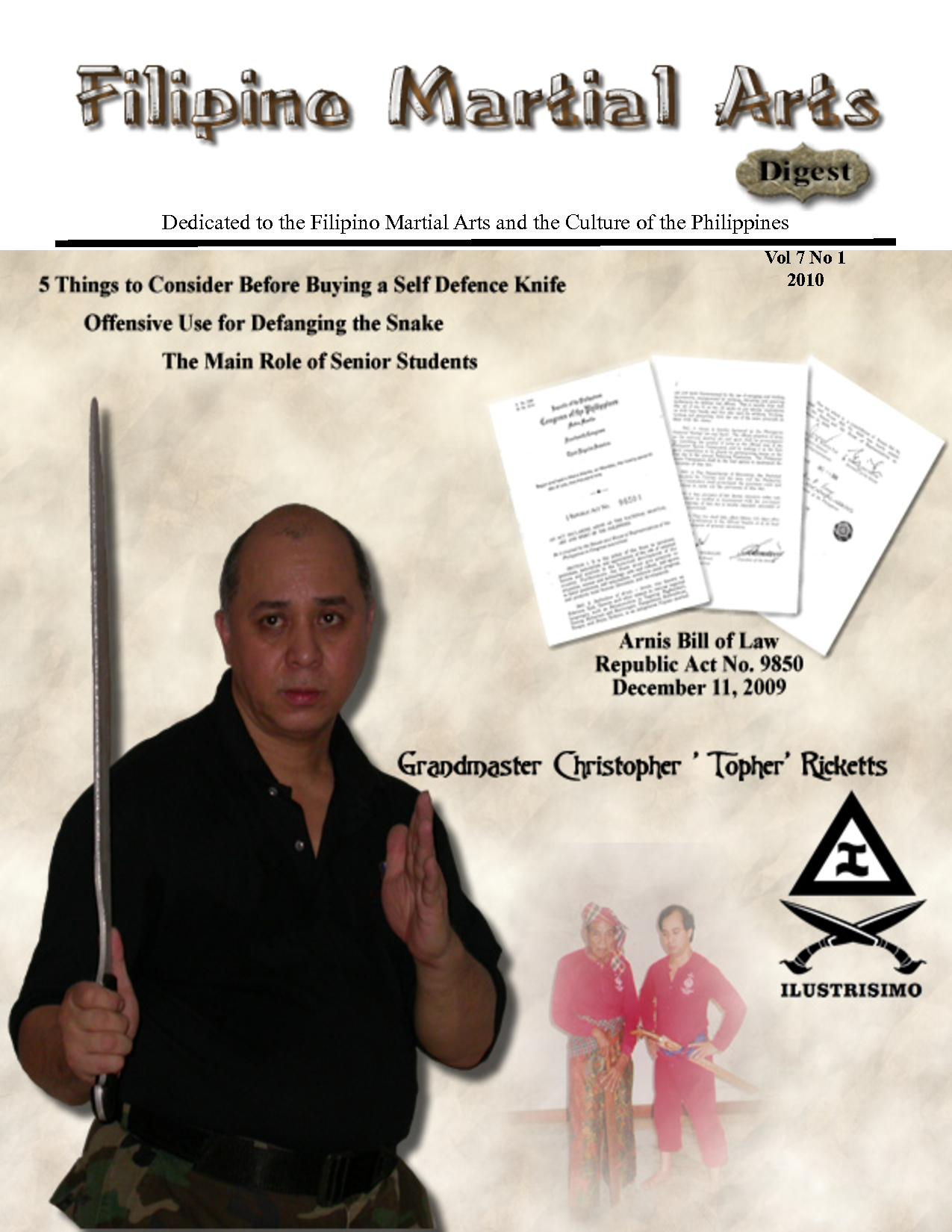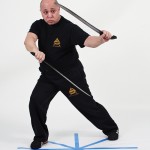https://www.facebook.com/LAMECOESKRIMAKALISILUSTRISIMO/timeline
Seminar: Lameco S.O.G. & Kali Ilustrisimo European Tour 2016 with Guro Dino Flores
Lameco S.O.G. & Kali Ilustrisimo European Tour
Come train with one of Lameco S.O.G´s and Kali Ilustrisimo´s most combat oriented Instructors.
Lameco S.O.G. & Kali Ilustrisimo European Tour – July 2016
Come train with one of Lameco S.O.G´s and Kali Ilustrisimo´s most combat oriented Instructors – Guro Dino Flores! Guro Dino has almost 25 years of experience with Lameco Eskrima and Kali Ilustrisimo.
Guro Dino was one of Punong Guro Edgar Sulite favorite fighters from the Infamous Lameco Backyard Group. In the Lameco Backyard, fancy drills were always secondary – various degrees of sparring intensity always came first. He was personally trained by Punong Guro to be a fighter above all else. Even accepting challenges on Punong Guro Sulite’s behalf. He is also is an Authorized Instructor under Grandmaster Christopher Ricketts and Grandmaster Antonio Diego. During Master Ricketts time in the USA, Guro Dino was one of his assistants. Constantly sparring people at Master Ricketts request. He has also had the good fortune to train with all Five Pillars of Ilustrisimo and was one of the few members of the notorious LAMECO S.O.G. He is currently the director and an Instructor of the Kapisanang Mandirigma Institute founded by members of Lameco S.O.G.
Join us in Madrid and Ibiza. Guro Dino will be taking it a high level of intensity. As an option only – for those who want to take full advantage of this combat oriented training, bring you sparring gear. To add to the excitement, Guro Dino will also be accompanied by two of his most skilled fighters – Brett Granstaff and Mark Ramos. Find out for yourself why Lameco S.O.G. and Kali Ilustrisimo is respected in the Martial Art World.
More information about Guro Dino Flores at this link: http://backyardeskrima.com/?page_id=52
Guro Dino Flores will be conducting Action Packed seminars in IBIZA AND MADRID. Guro Dino is only in Europe periodically. Don’t miss this very rare opportunity!!!
IBIZA Seminar 12 hours
15th and 16th , OF JULY 2016
120 Euros if paid before May 30th
150 Euros after May 30th
MADRID Workshop 8 hours
23 RD OF JULY Saturday From 9:00 am to 13:00 and from 16:00 to 20:00 pm.
70 Euros if paid before May 30th, 2016
85 Euros after May 30th
Special prices for groups.
For more information – Contact Guro Dino’s LAMECO S.O.G and Kali Ilustrisimo Representative in Spain,
Tim Fredianelli: fredianellibruno@gmail.com
More Seminar Information at: http://backyardeskrima.com/?p=1813 and http://mandirigma.org/?p=2957
